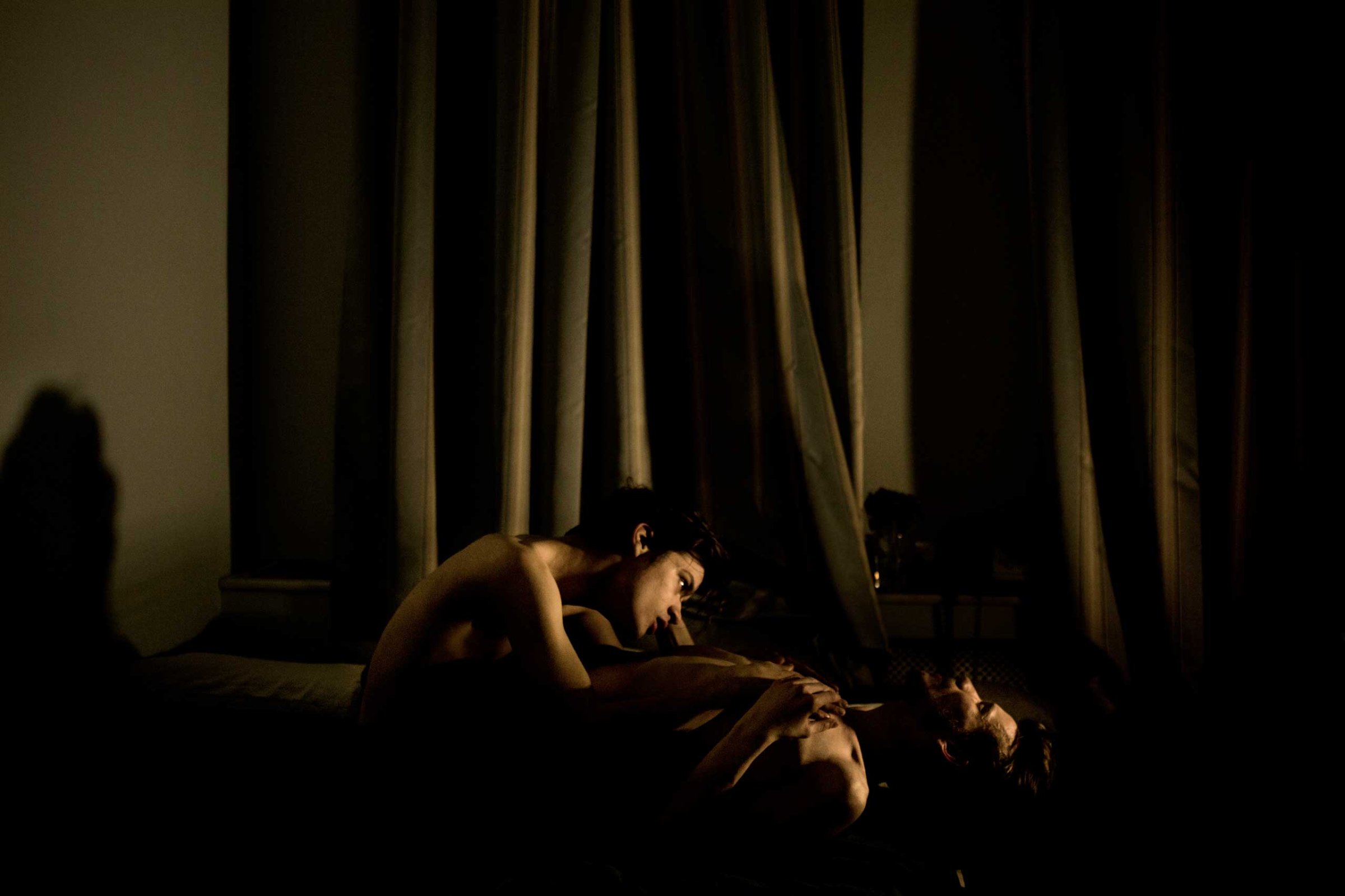
Correction appended Feb. 12
Danish photographer Mads Nissen has won the 58th World Press Photo contest for his portrait of Jon and Alex, a gay couple, during an intimate moment in St. Petersburg, Russia.
The deeply personal and subtle portrait stands in stark contrast with the hundreds of graphic images of protests, suffering and death that have marked 2014 – from Ukraine to Gaza, Ferguson to West Africa, and from parts of the Middle East where militants associated with the Islamic State of Iraq and Greater Syria have shared gruesome images of decapitated hostages.
“We were looking for an image that would matter tomorrow, not just today,” Pamela Chen, a member of this year’s World Press Photo jury and the editorial director of Instagram, said in a statement. “The winning image demonstrates what a professional photographer can do in a daily life situation, setting a professional standard for story-telling in life. This is a contemporary issue, it is daily life, it is news, it has spot news resonance, it has general news resonance, but it also brings up the issue in a very deep and challenging way. It is quite universal.”
Read Fred Ritchin’s essay: Why violent news images matter
The choice is also a reminder of the difficult life lesbian, gay, bisexual or transgender people have to endure in Russia. In 2013, the Russian government passed a law criminalizing the dissemination of, what it called, “propaganda of non-traditional sexual relationships” to minors. And in January, another law, supposedly aimed at curbing the country’s high rates of traffic accidents, bans transgender people from obtaining driver’s licenses.
Nissen’s winning picture, which also won First Prize in the Contemporary Issues category, forms part of a larger project called “Homophobia in Russia”.
“It is an historic time for the image,” says jury chair Michele McNally, the director of photography and assistant managing editor of the New York Times. “The winning image needs to be aesthetic, to have impact, and to have the potential to become iconic. This photo is aesthetically powerful, and it has humanity.”
Find out how Nissen’s image became the Photo of the Year
For Vogue Italia senior photo editor Alessia Glaviano, the winning photo offers “a message about love being an answer in the context of all that is going on in the world,” she said in a statement. ” “Today, terrorists use graphic images for propaganda. We have to respond with something more subtle, intense and thoughtful. [This photo] is about love as a global issue, in a way that transcends homosexuality. It sends out a strong message to the world, not just about homosexuality, but about equality, about gender, about being black or white, about all of the issues related to minorities.”
Nissen’s photograph was selected from among 97,912 images submitted by 5,692 press photographers, photojournalists, and documentary photographers in 131 different countries. The jury gave prizes in eight themed categories to 42 photographers of 17 nationalities.
In the Spot News Singles category, one of the most contested fields, Agence France-Presse Bulent Kilic came on top, winning the First and Third Prizes for his work in Turkey.
Read an interview with Bulent Kilic who discusses his award-winning photographs
Tyler Hicks, a photographer with the New York Times, won Second Prize in the Spot News Single category for his raw image of an Israeli strike’s aftermath on a Gaza City beach, which killed four children on July 16.
Magnum Photos member and frequent TIME contributor Jerome Sessini dominated the Spot News Stories category for his heart-wrenching photographs shot in Ukraine this past year. He received First Prize for Crime Without Punishment, a series of photos taken on the crash site of Malaysia Airlines Flight 17, published on TIME LightBox and in TIME magazine in July.
Read how Jerome Sessini photographed the crash site
In the General News Singles category, photographer Massimo Sestini won Second Prize for his powerful image of asylum seekers traveling by boat off the coast of Africa on the Mediterranean. The image is part of series that depicts the treacherous conditions in which tens of thousands of migrants and refugees attempt the crossing between Africa and Europe, packed in rickety motorboats with limited supplies. But they also reveal, in a manner rarely seen, the human faces of some of the men, women and children who risk everything to make it to Europe.
Boat Migrants Risk It All for New Life in Europe
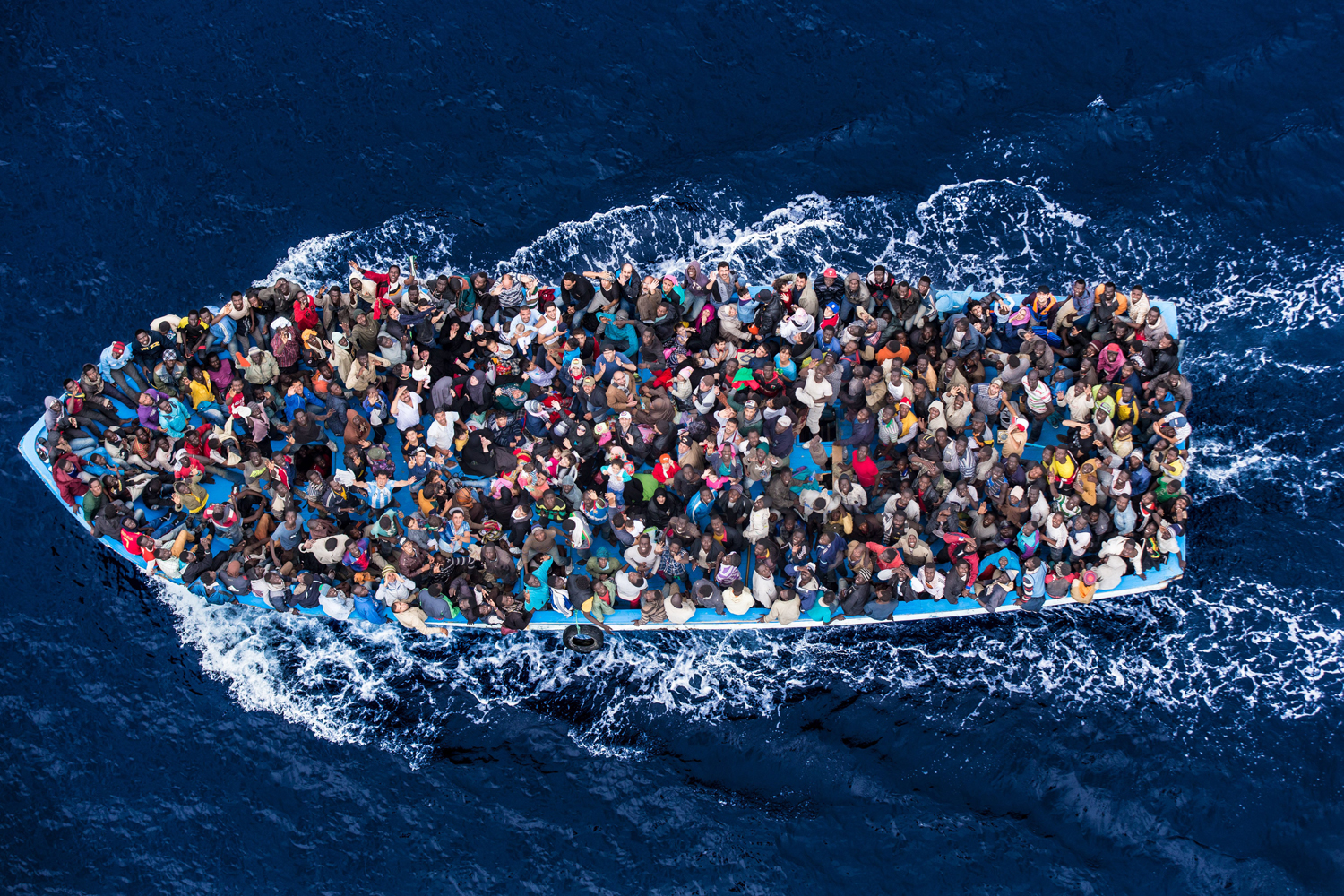
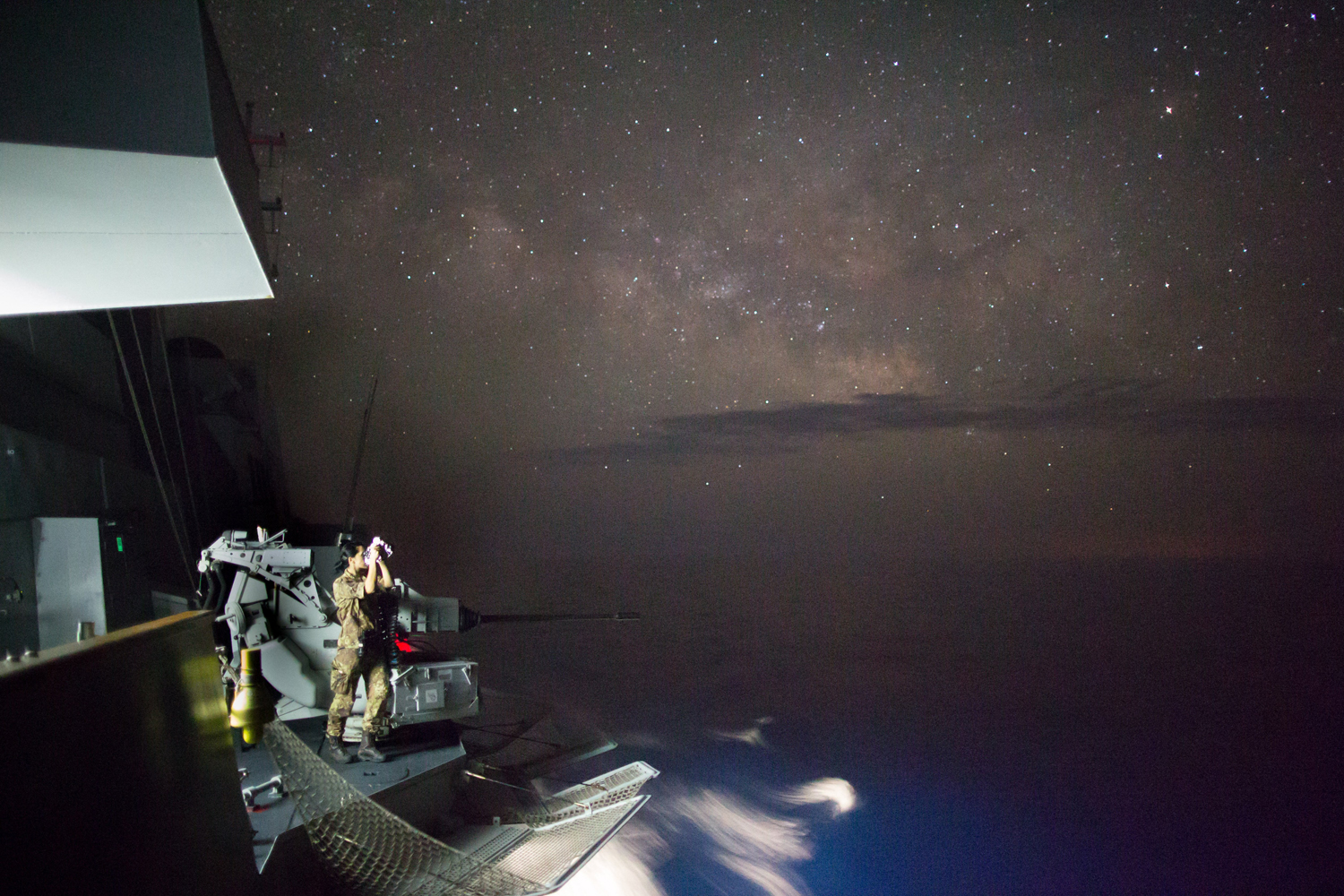
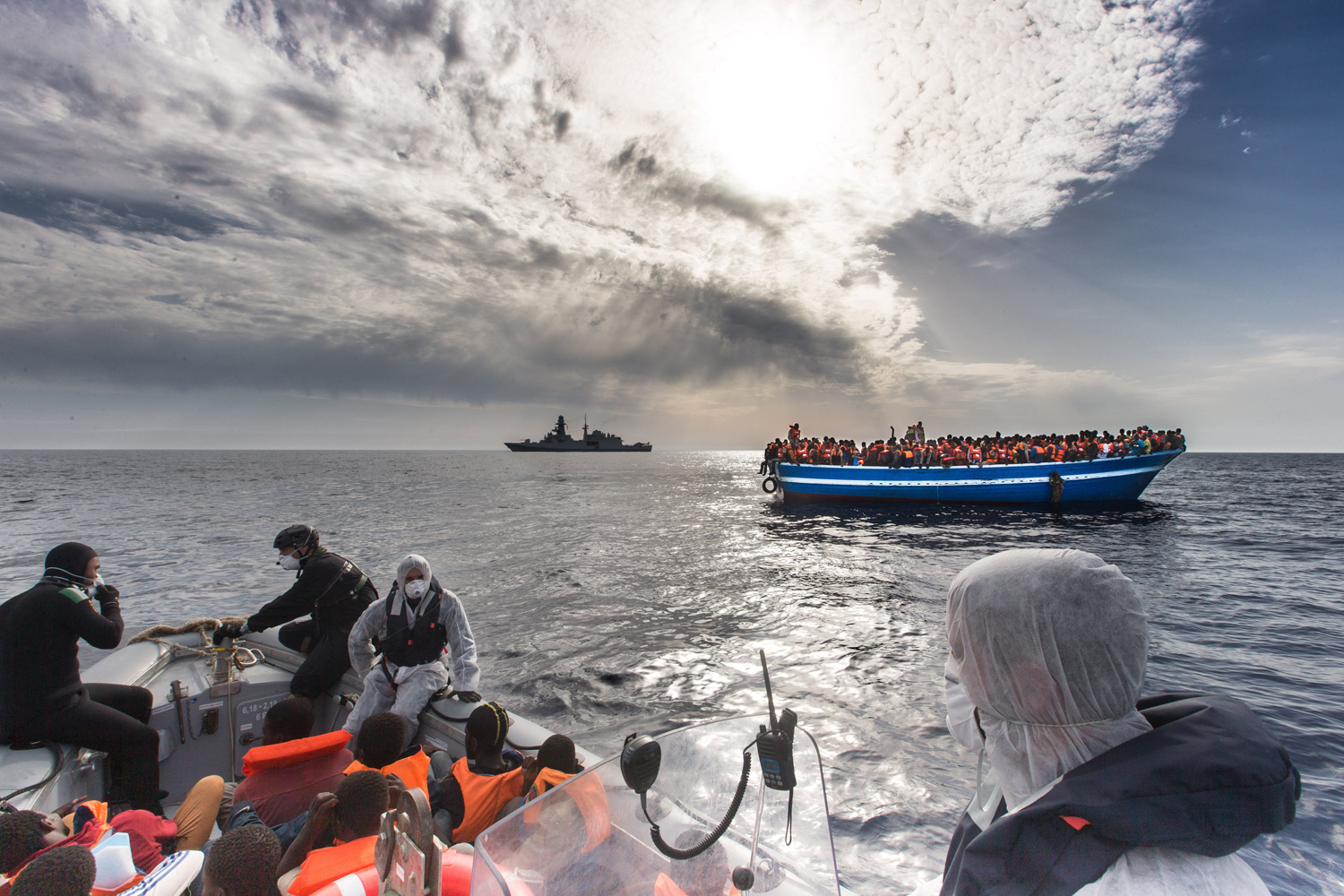
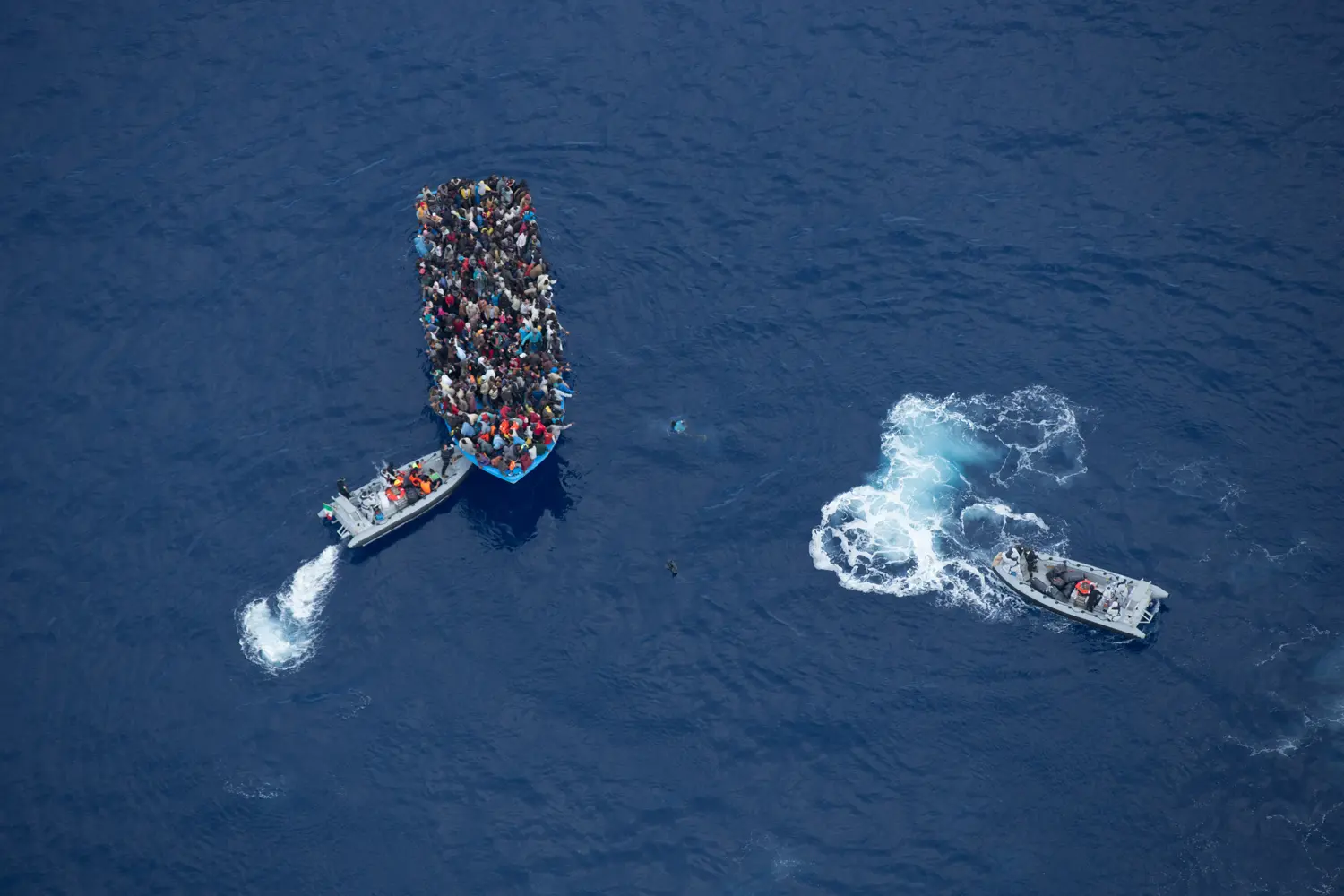
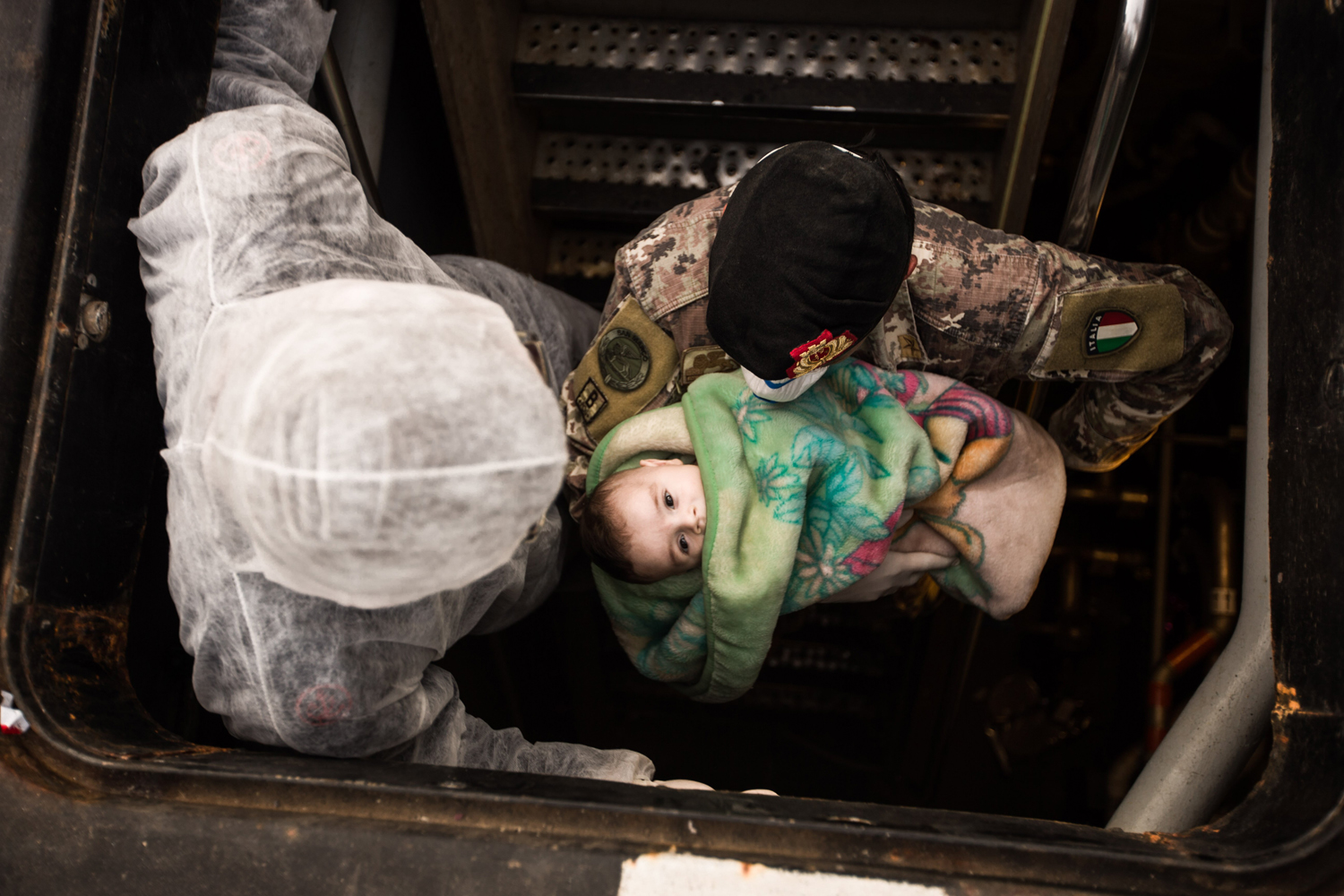
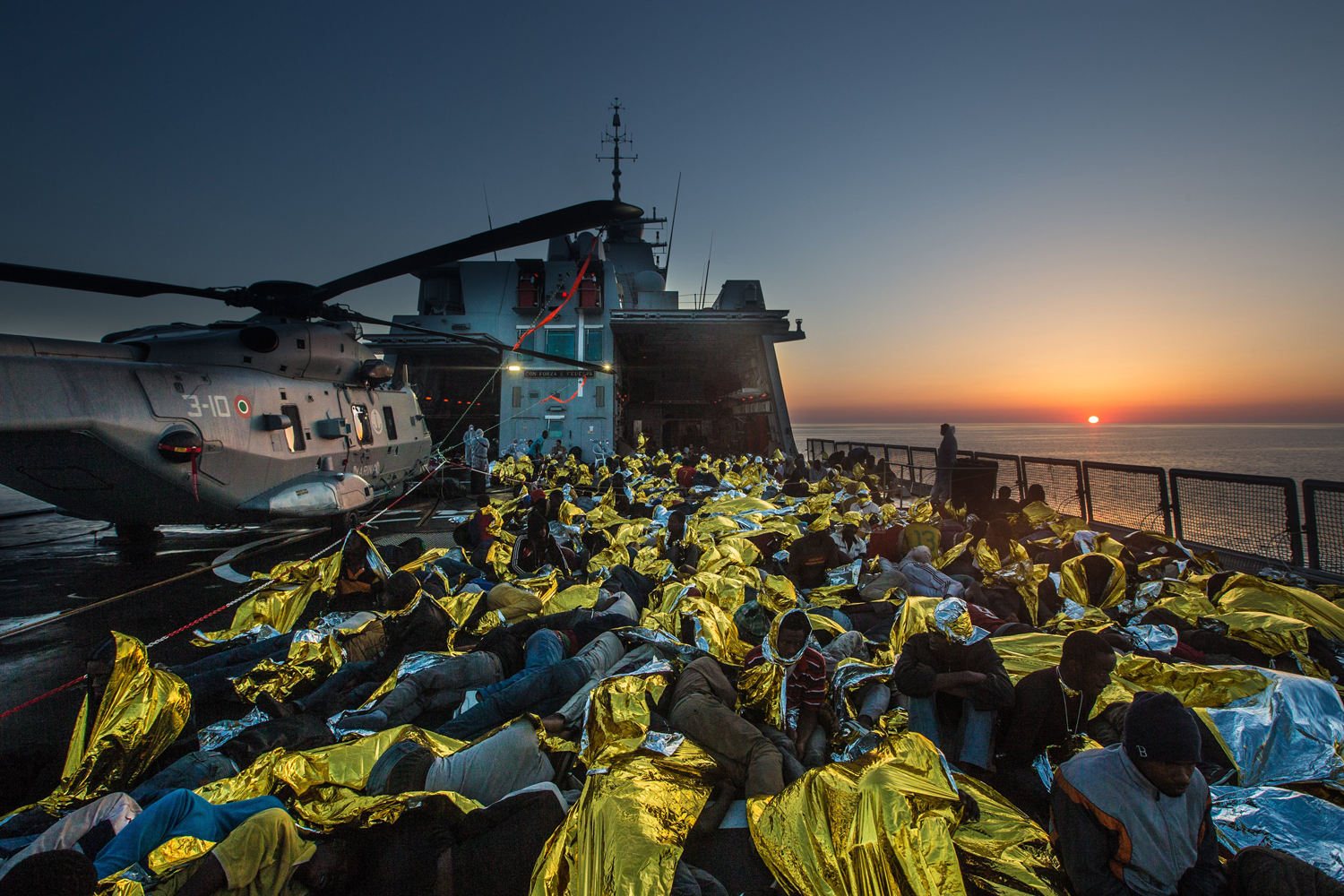
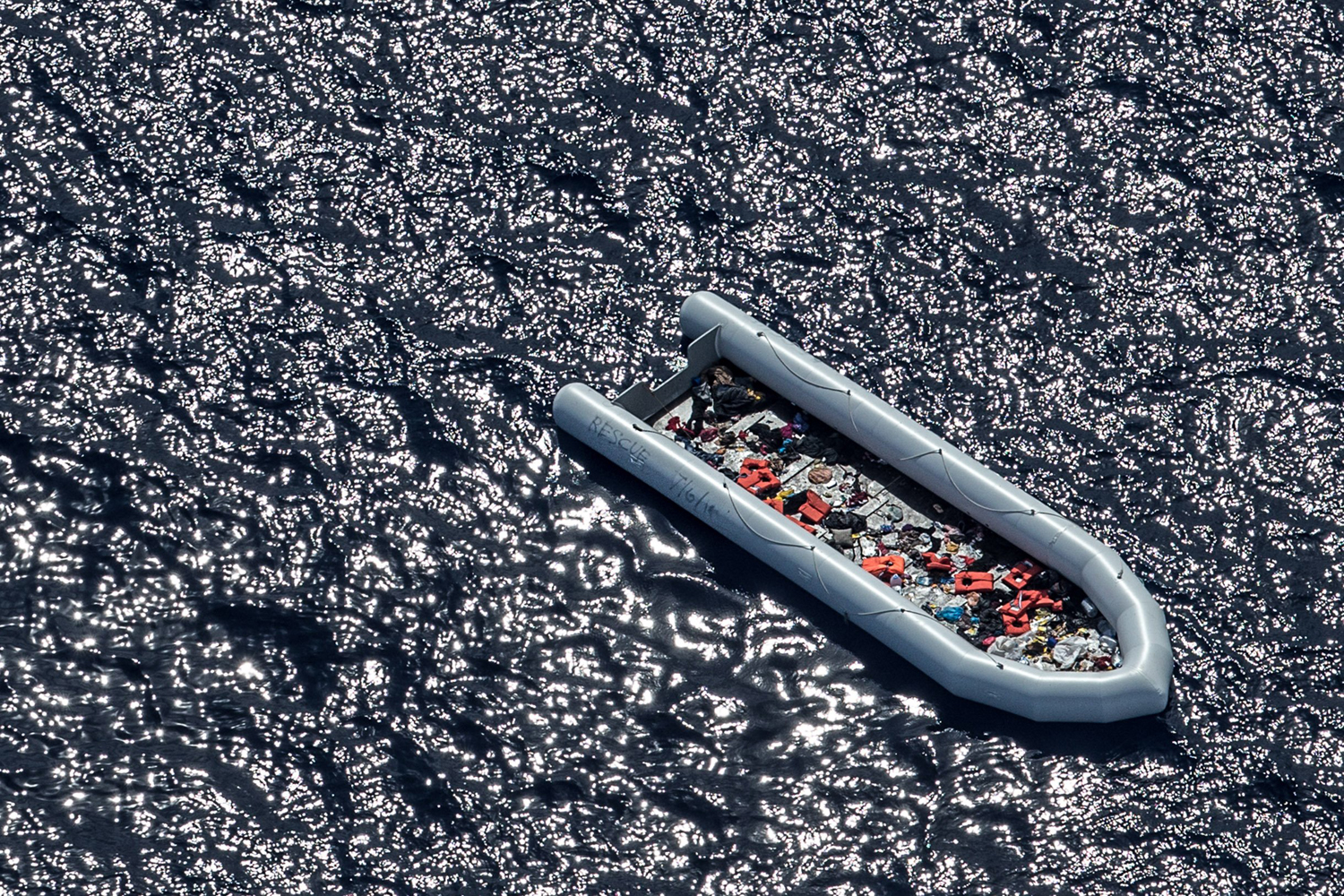
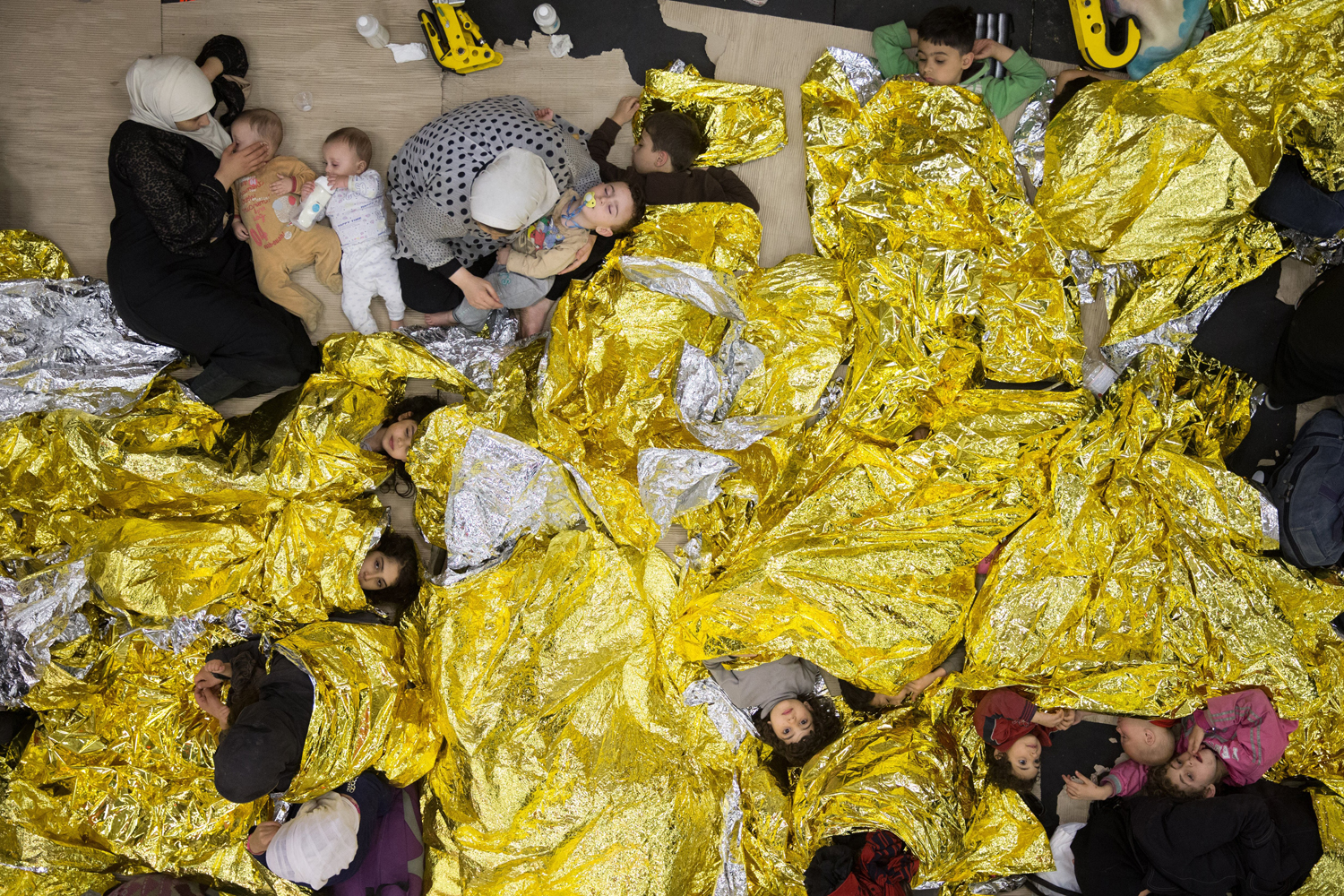
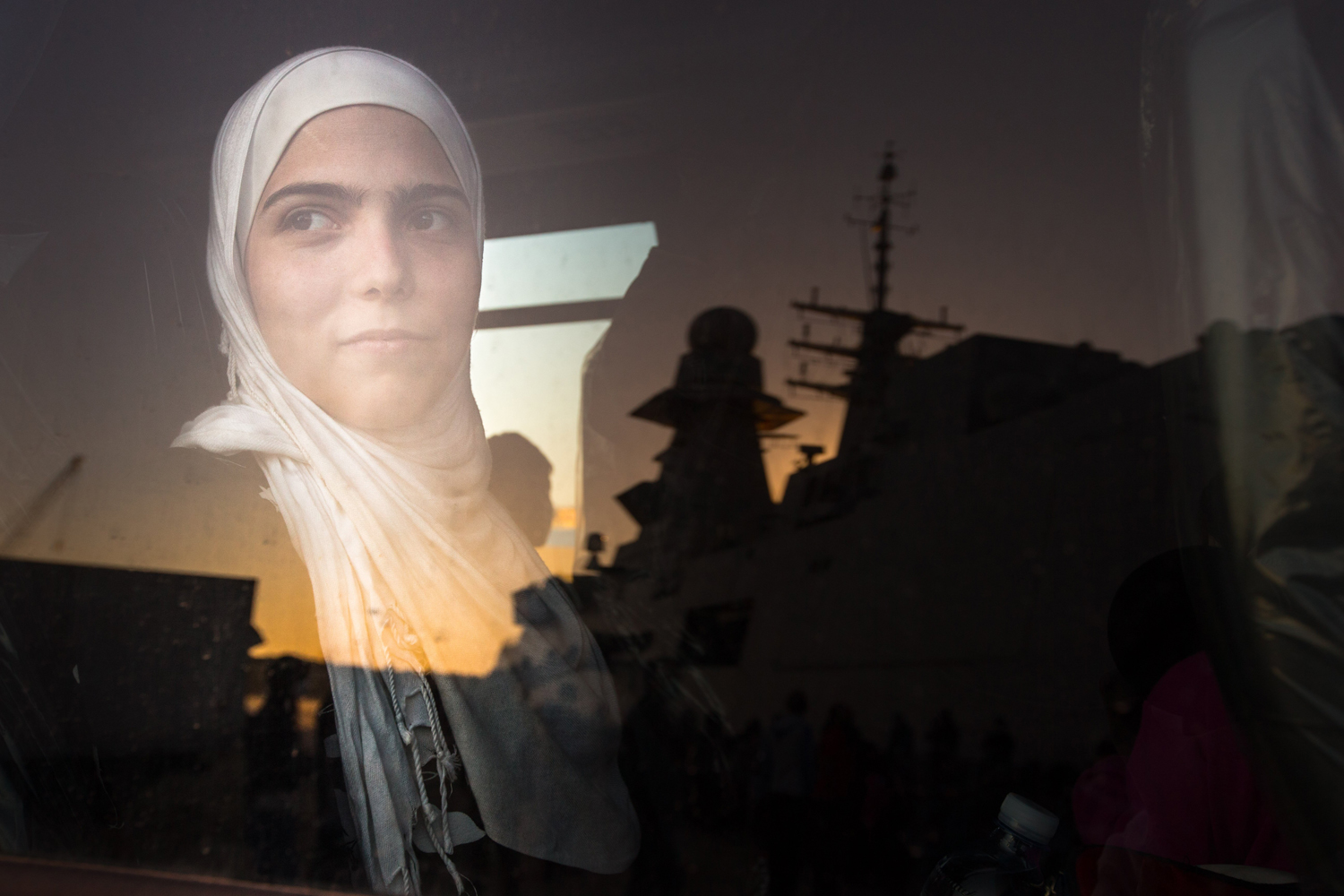

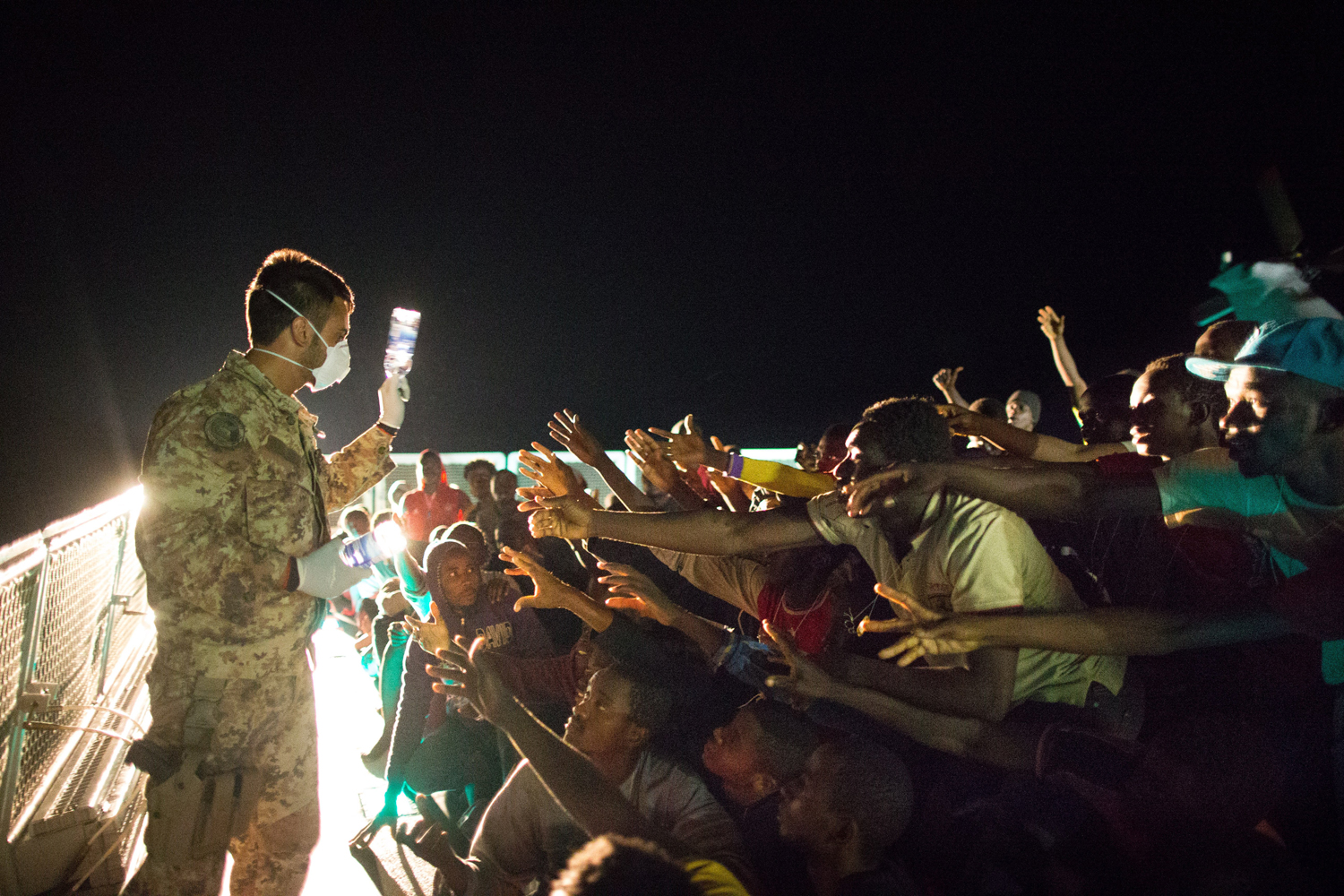
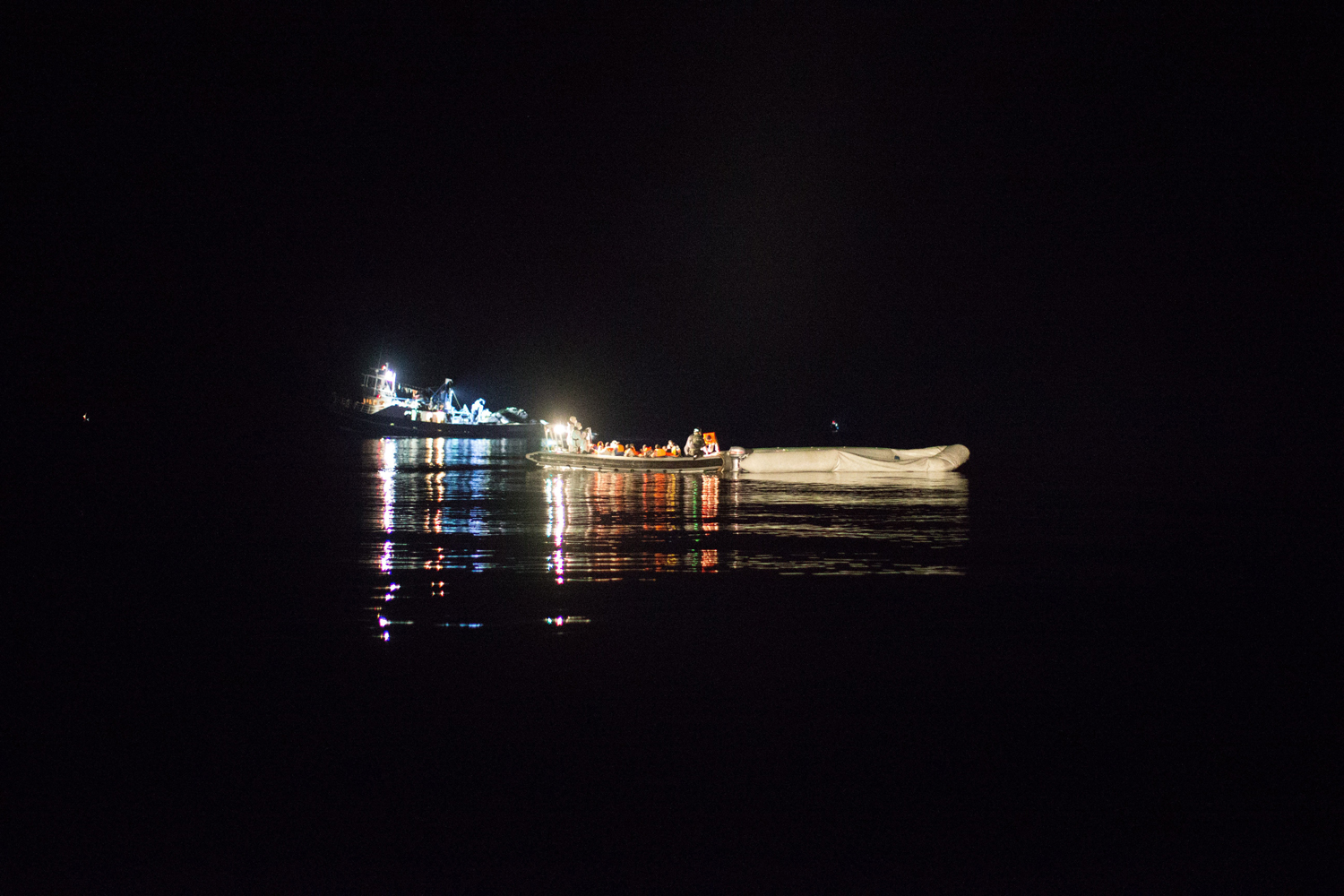
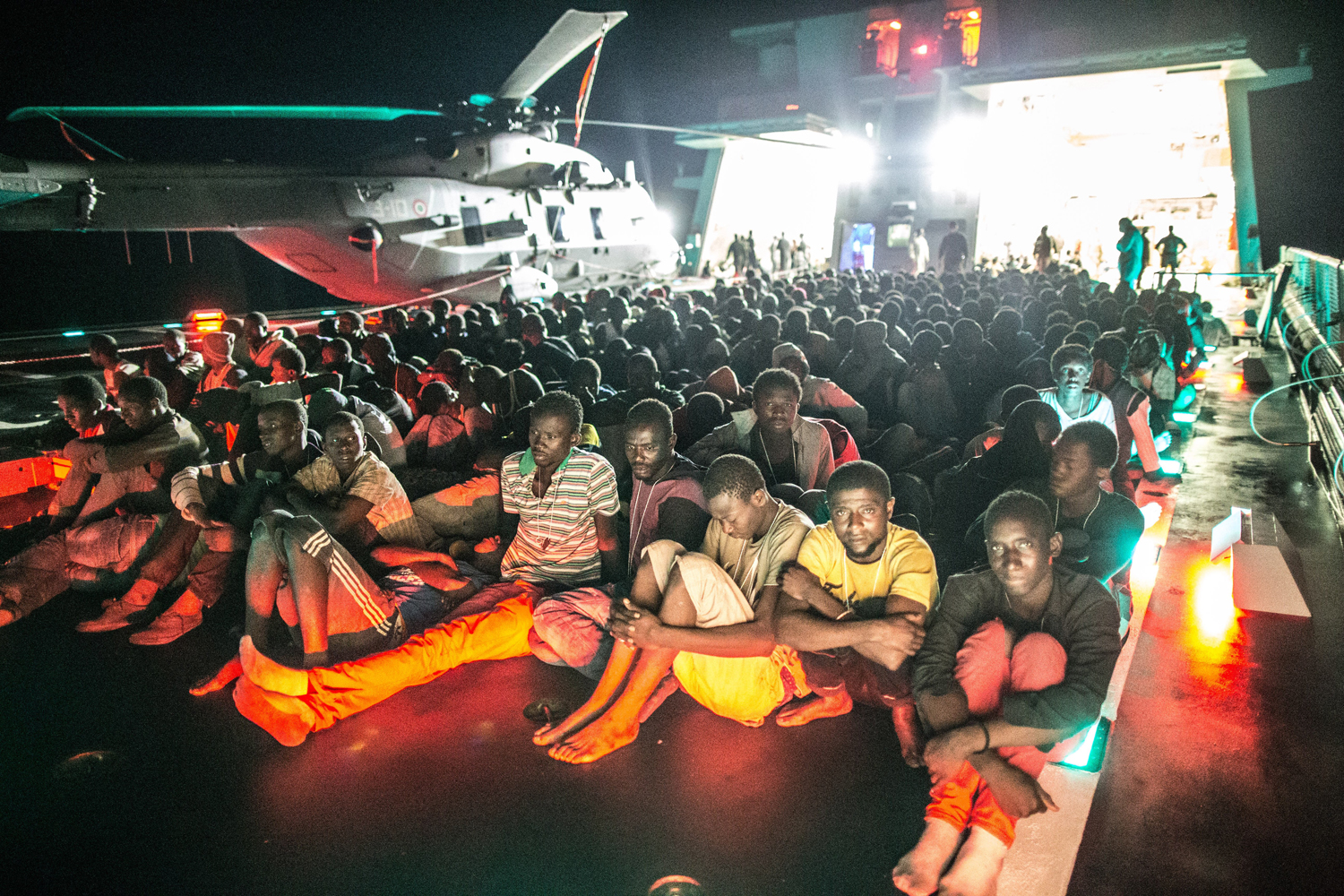
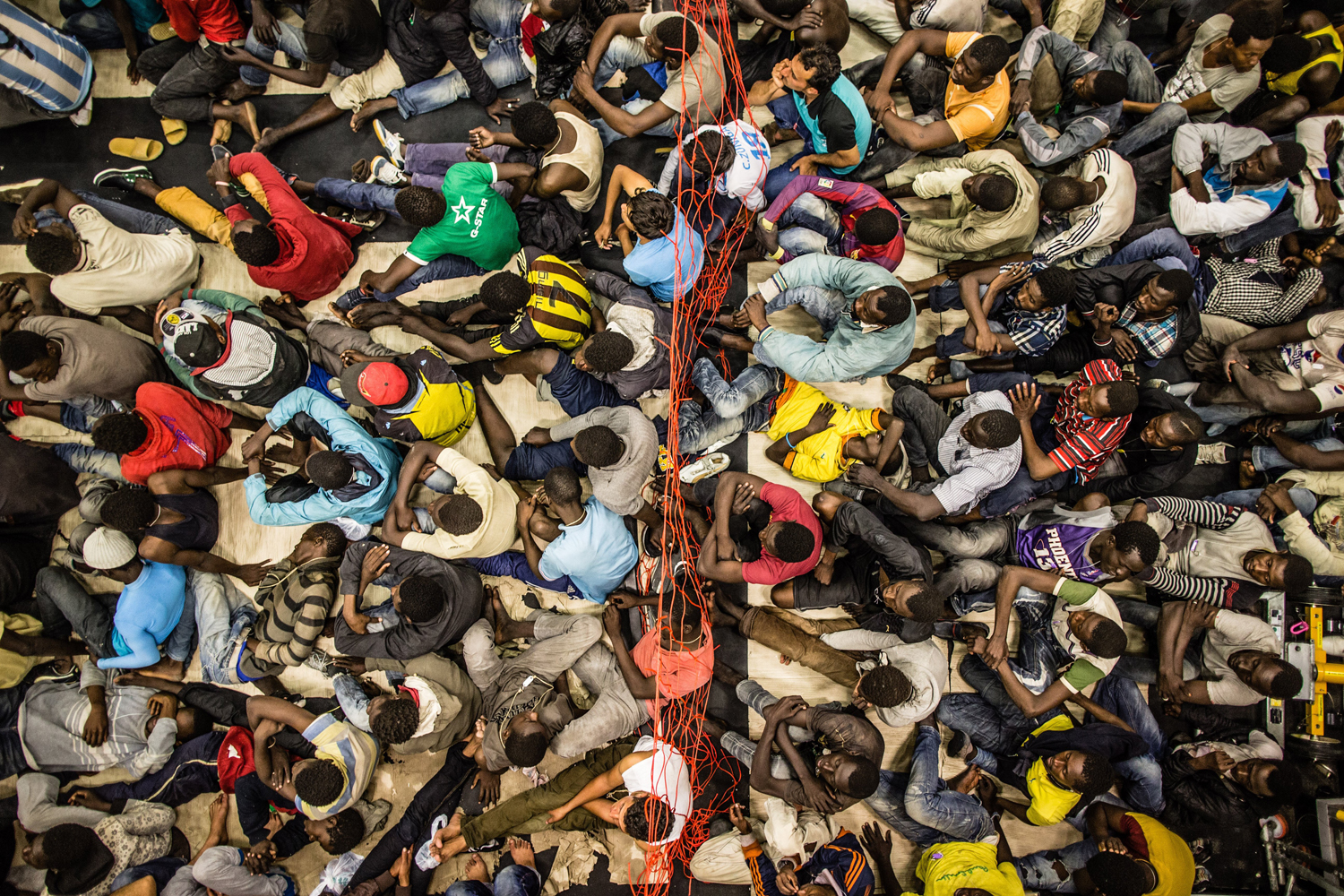
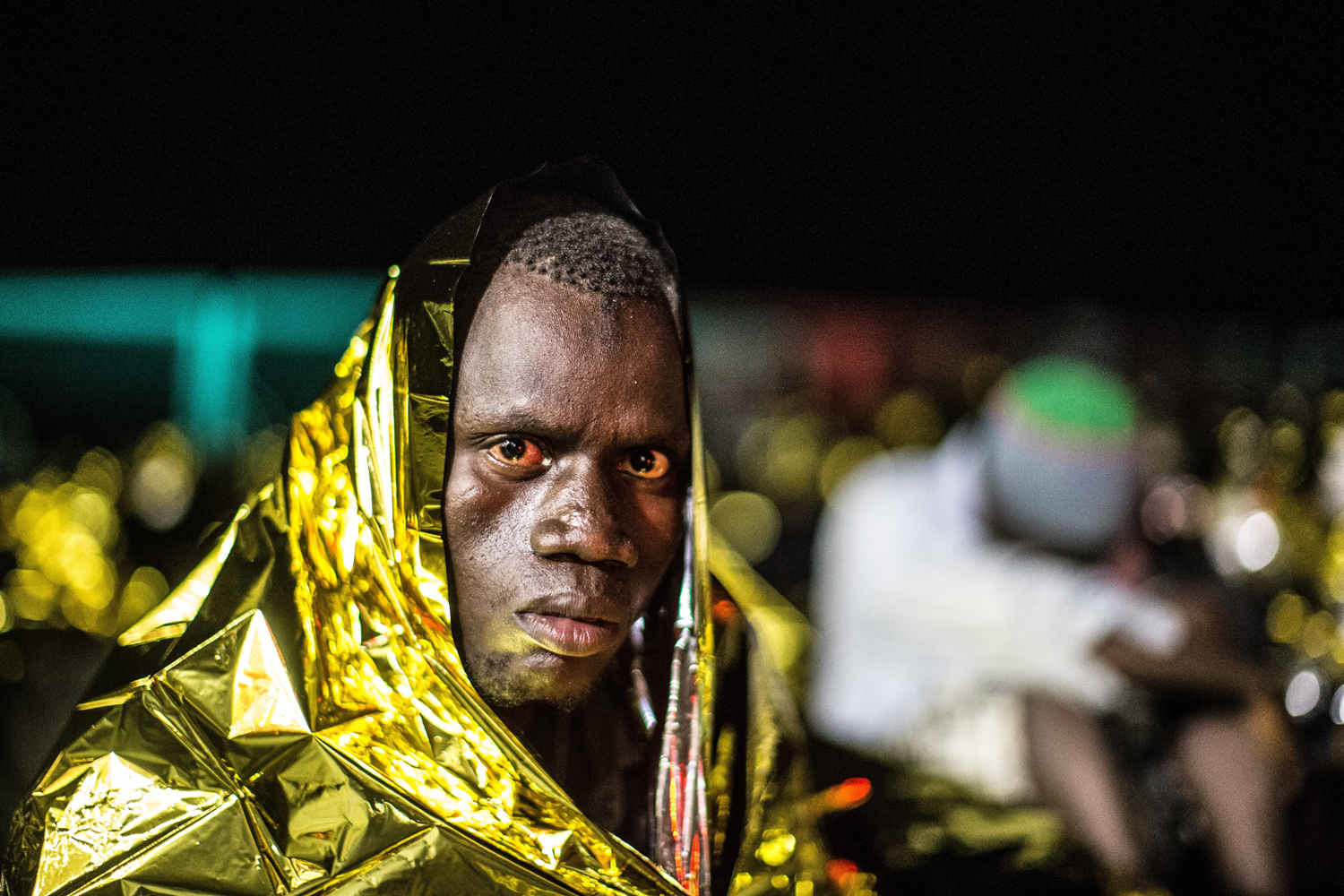
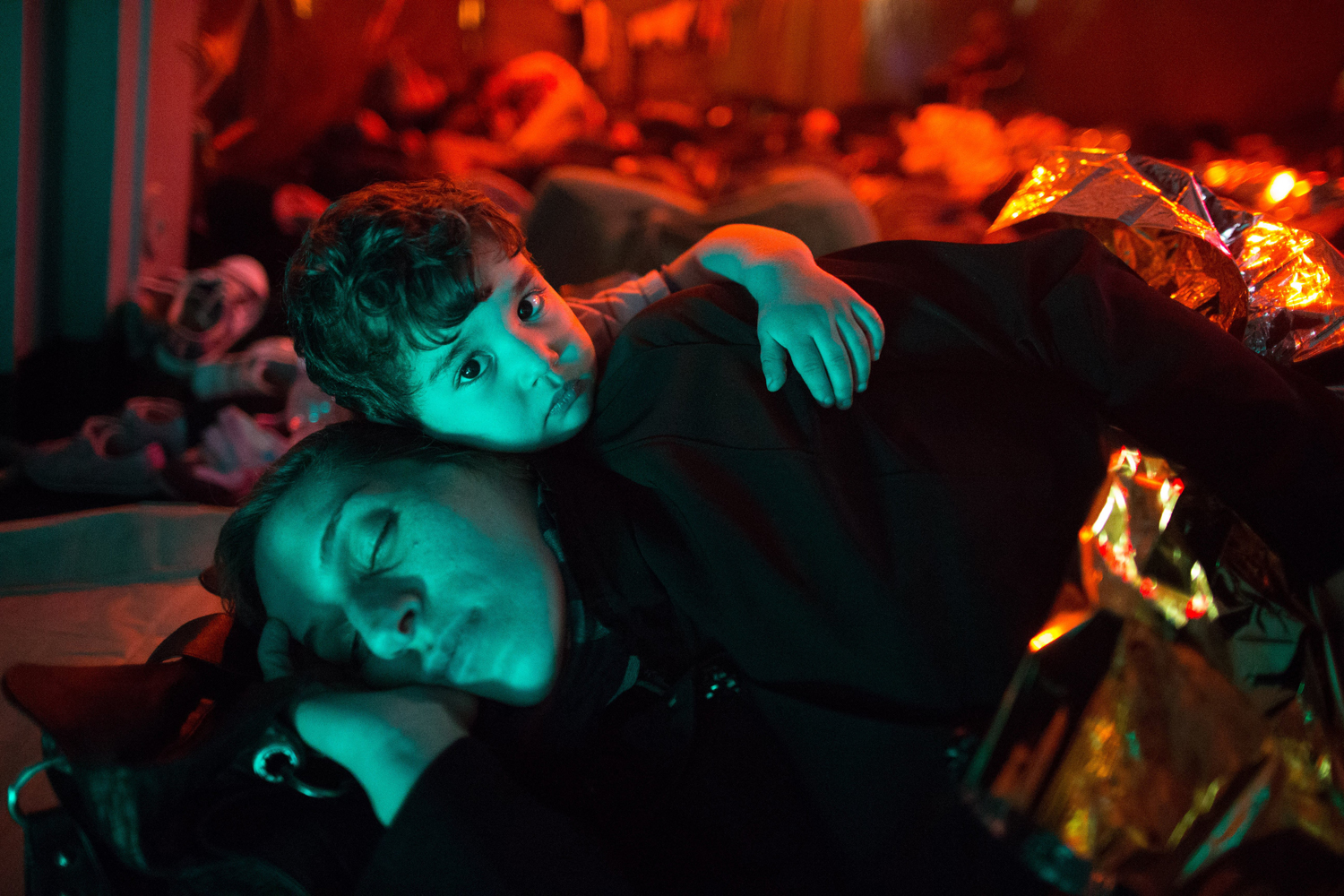
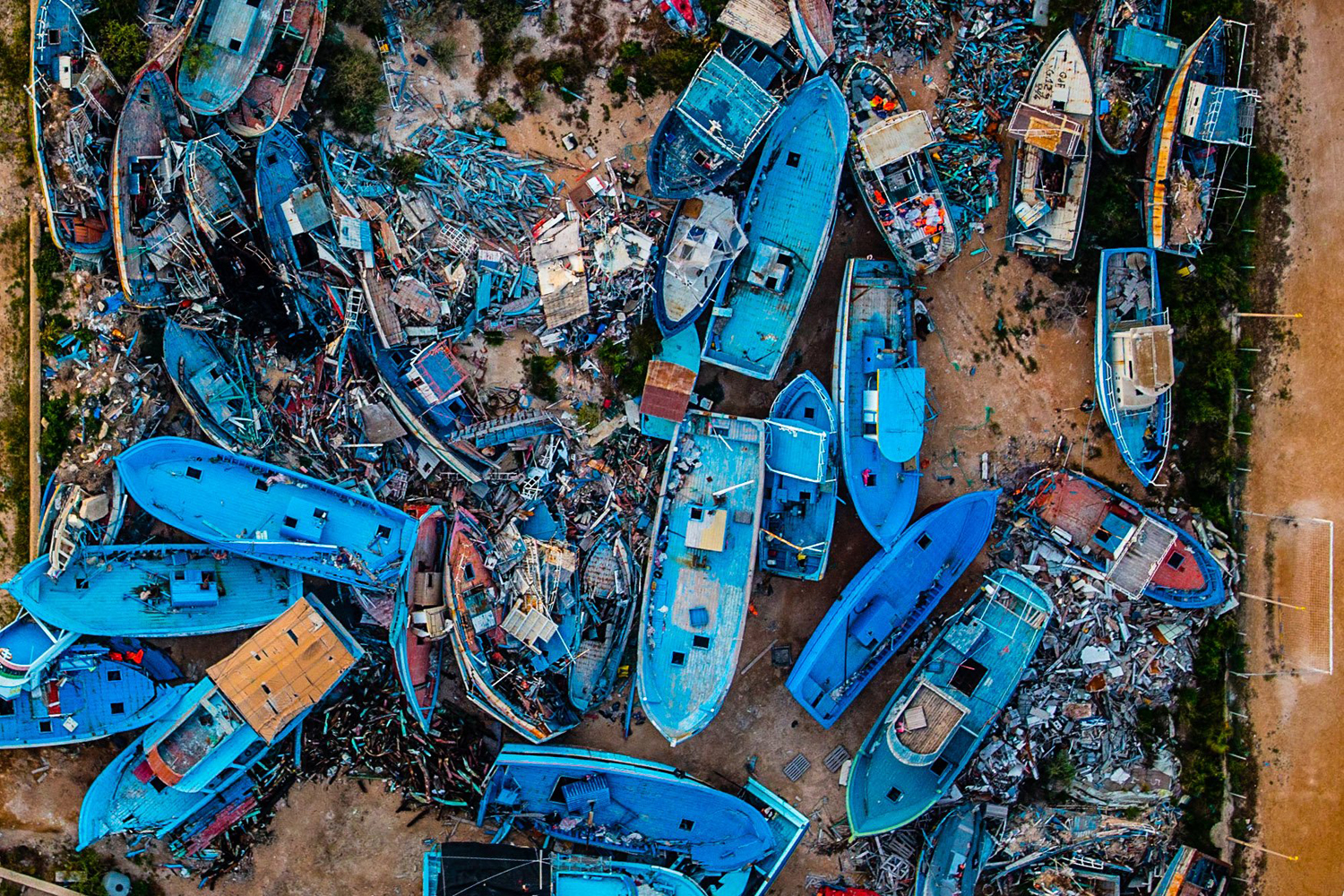
In the General News Stories category, freelance photographer Pete Muller received First Prize for his work documenting the Ebola outbreak in Sierra Leone for the Washington Post and National Geographic.
Images shot for and first published by TIME LightBox were also represented in this year’s winning crop, with Malin Fezehai’s photograph of an Eritean wedding in Haifa, Israel receiving the Third Prize in the Daily Life Singles category, and Sofia Valiente’s Miracle Village series, which won First Prize in the Portraits Stories category.
Absent from this year’s winning entries were images of the terrifying civil conflict that has overtaken Central African Republic this past 18 months, as well as images out of Ferguson, Mo., which became the epicenter of a months-long racial debate in the U.S.
–With additional reporting from Richard Conway and Ye Ming
— The original version of this story misattributed the following quotation: “Today, terrorists use graphic images for propaganda. We have to respond with something more subtle, intense and thoughtful.” It was said by Alessia Glaviano instead of Pamela Chen.
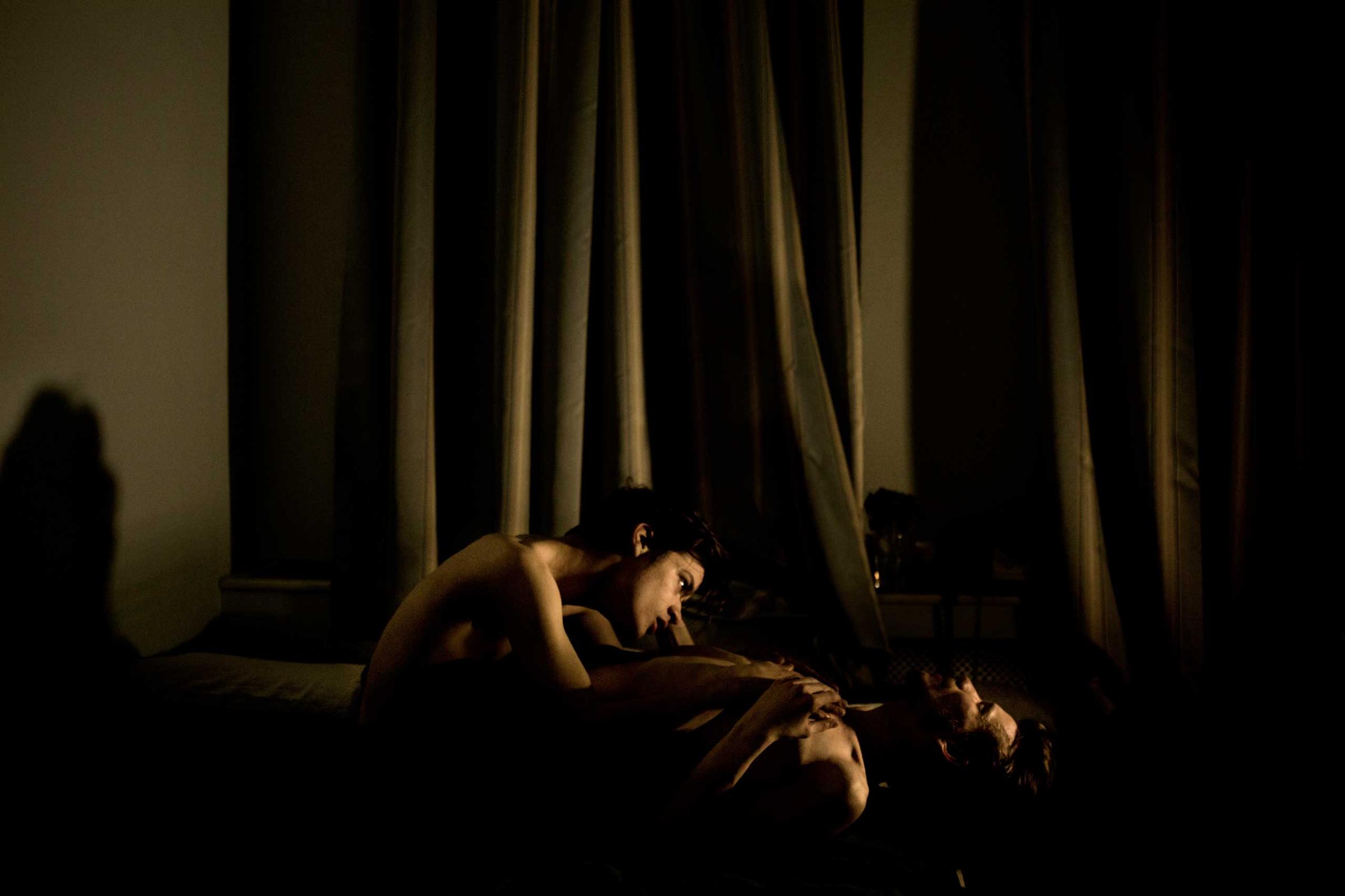
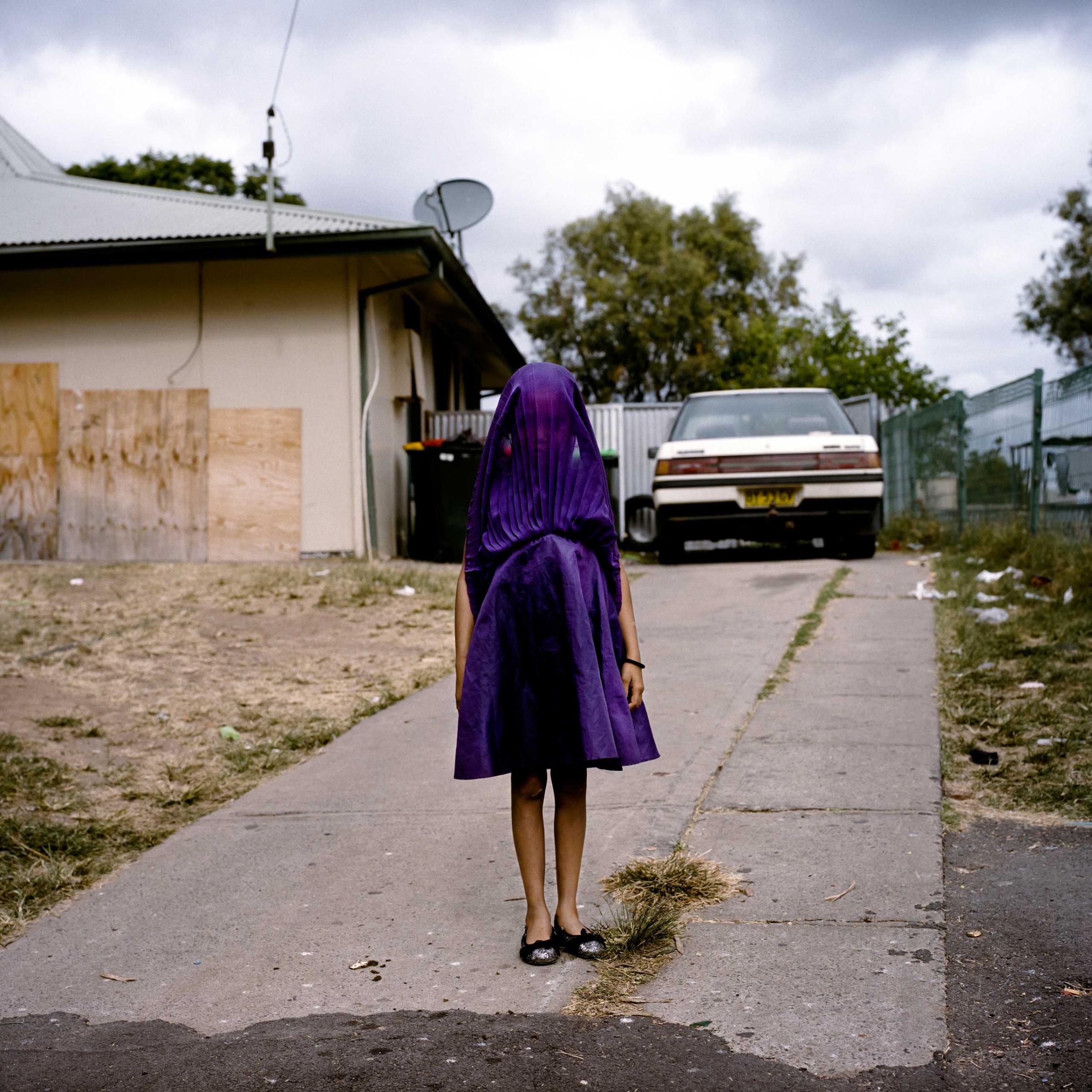
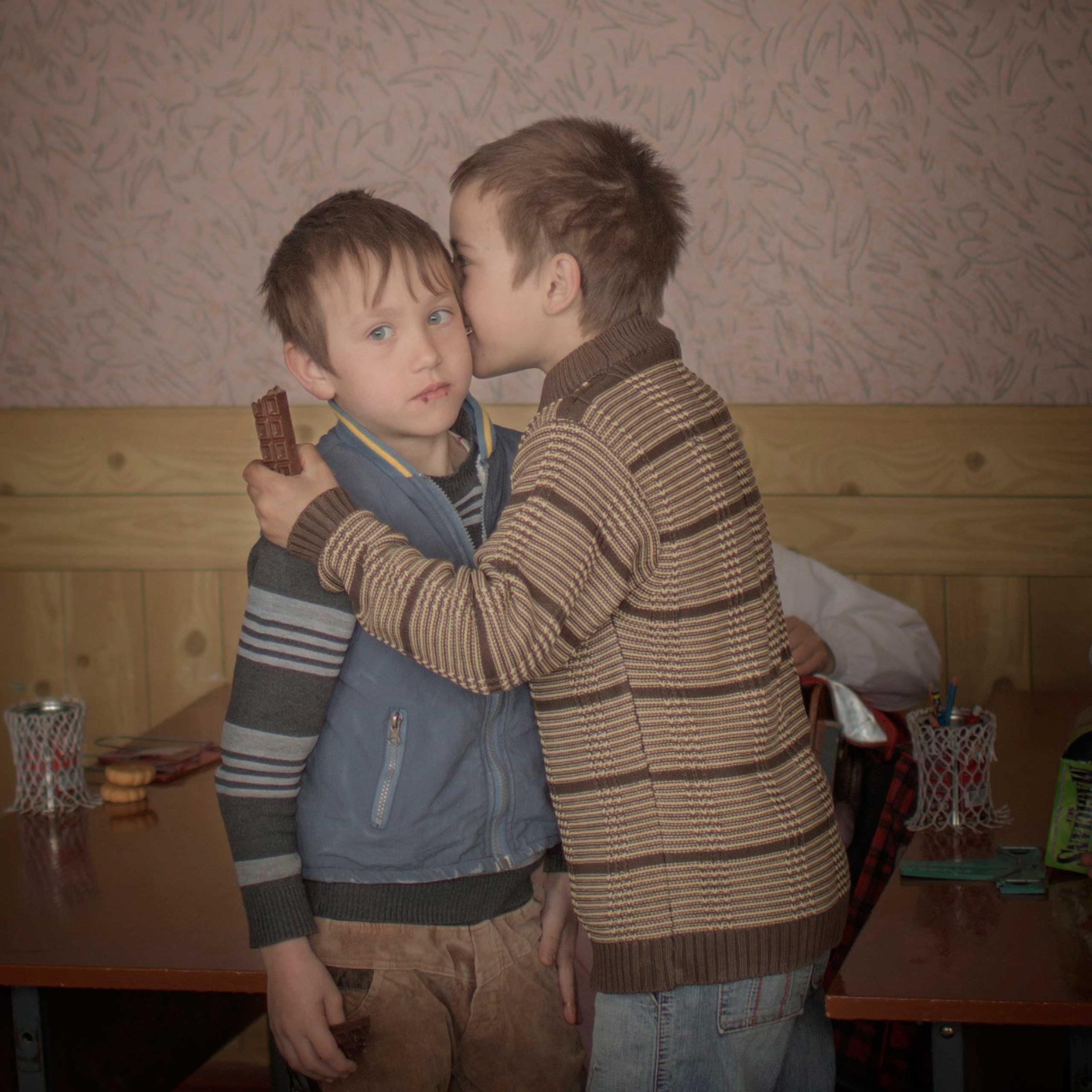
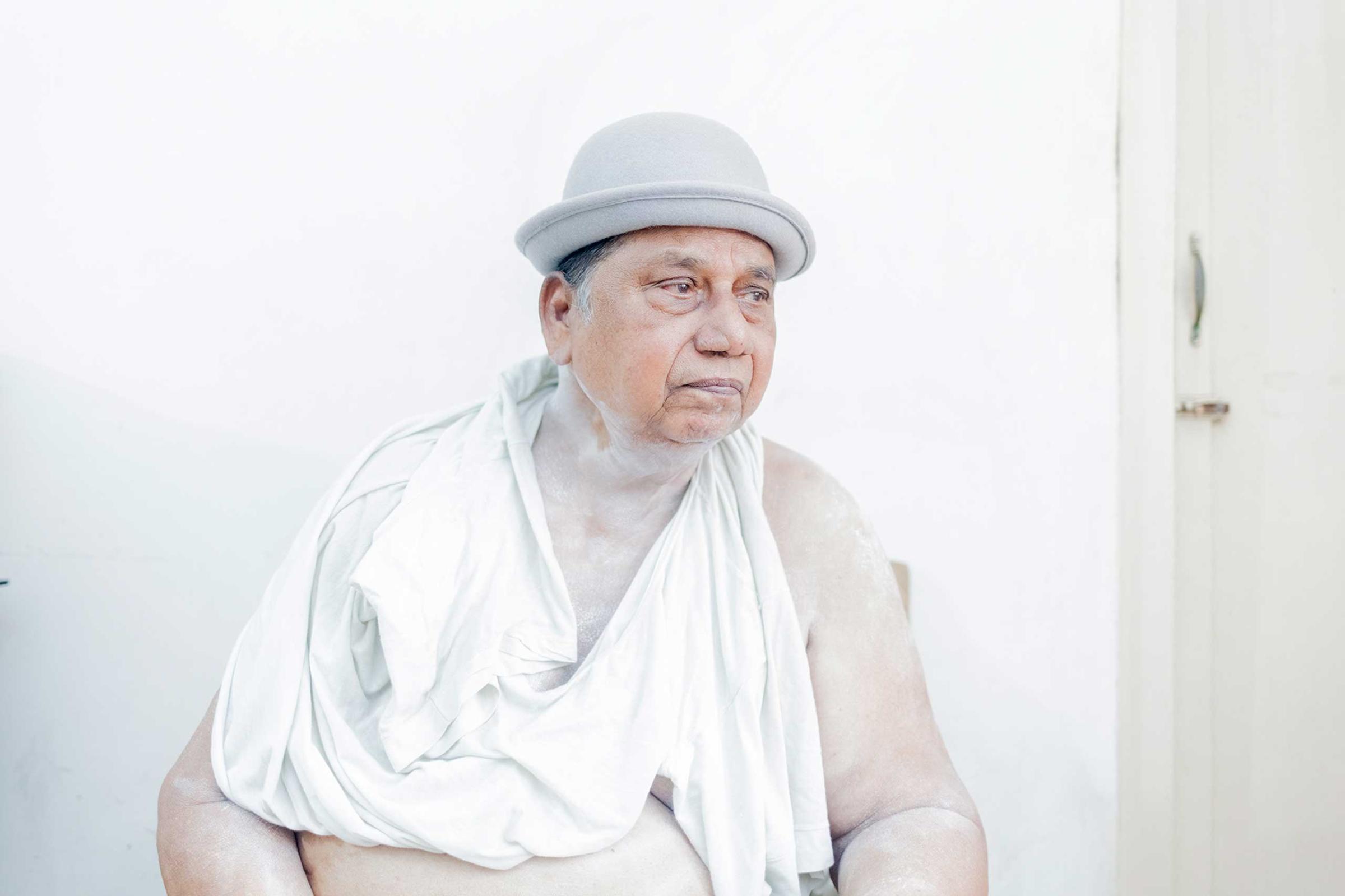
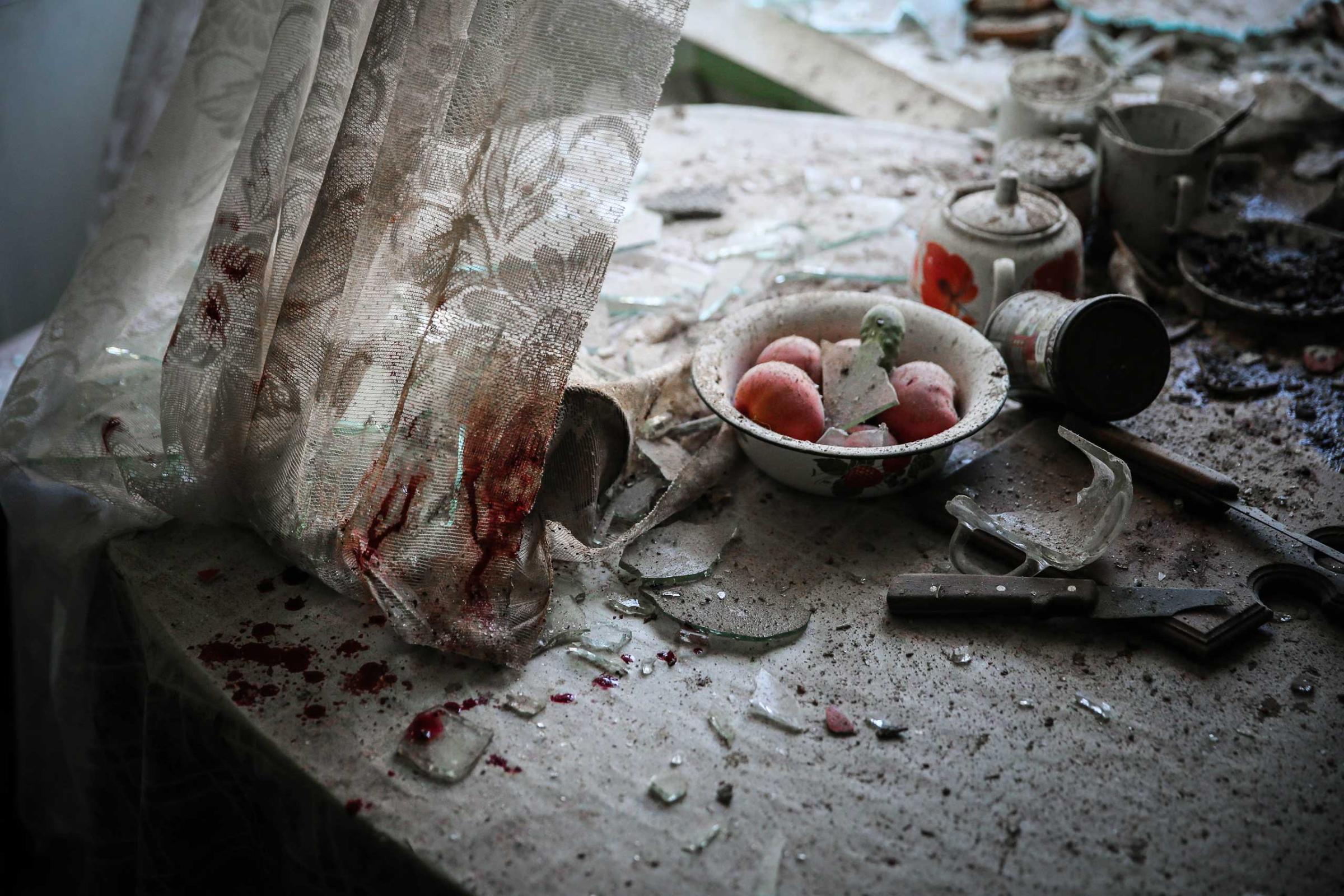
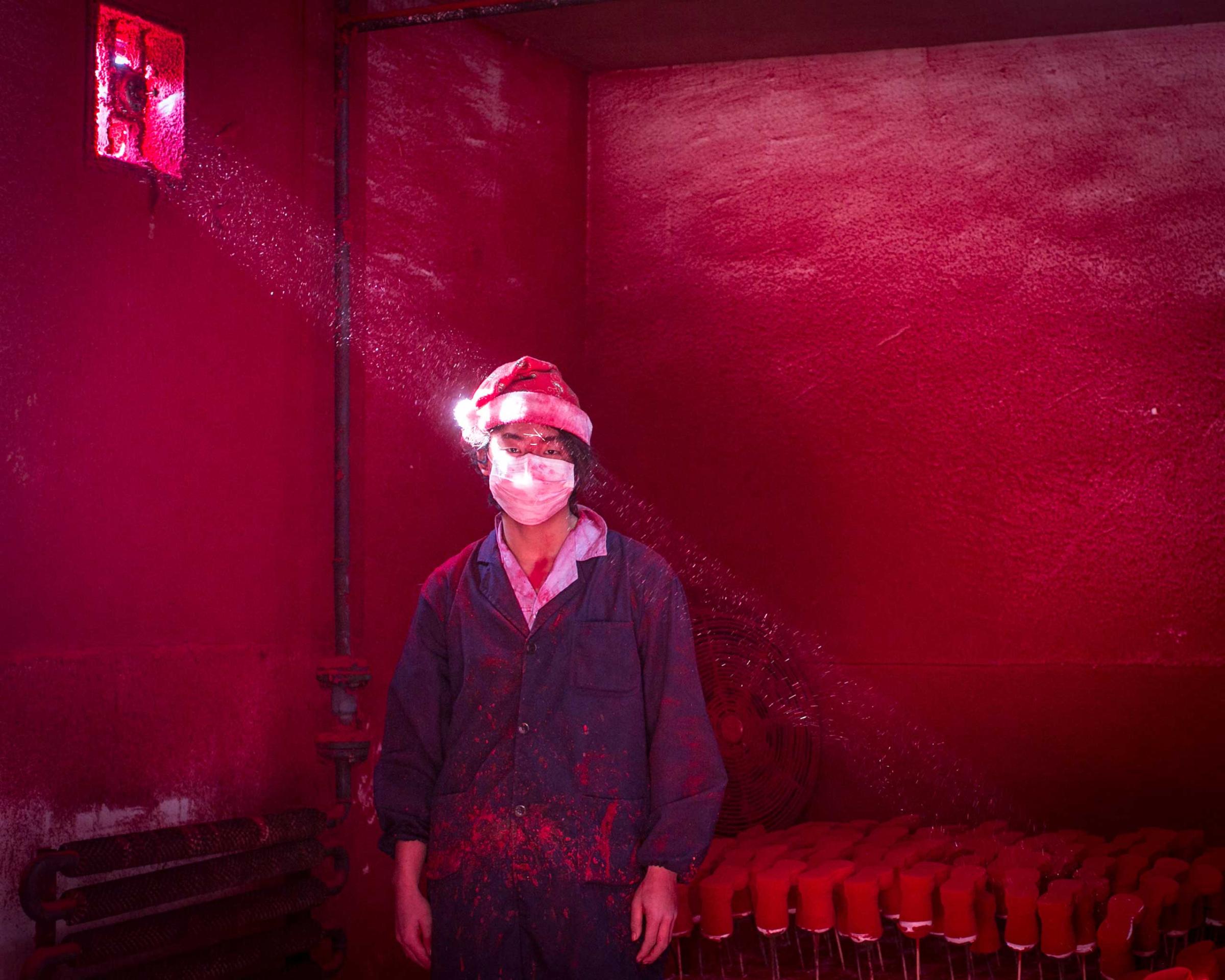

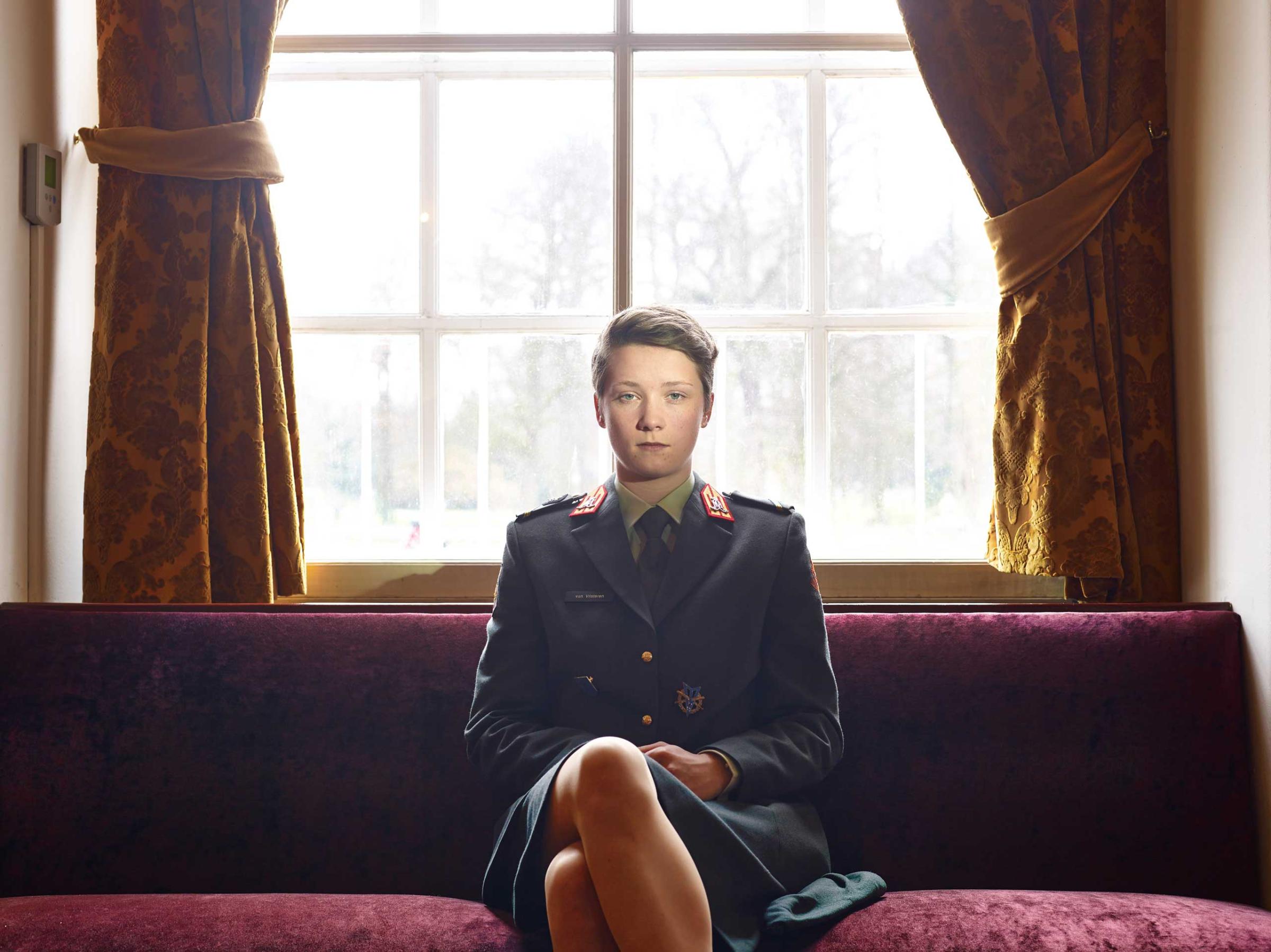
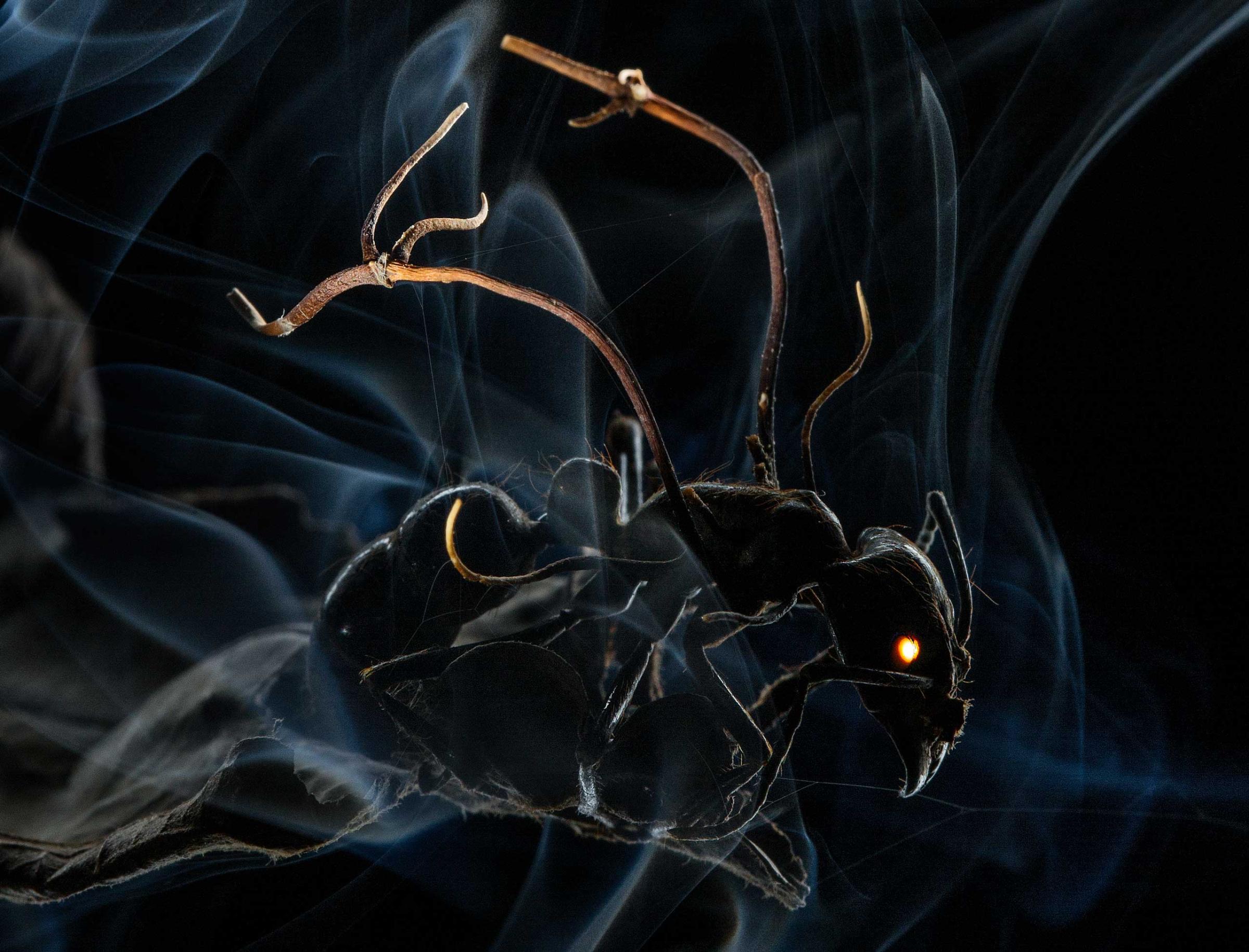
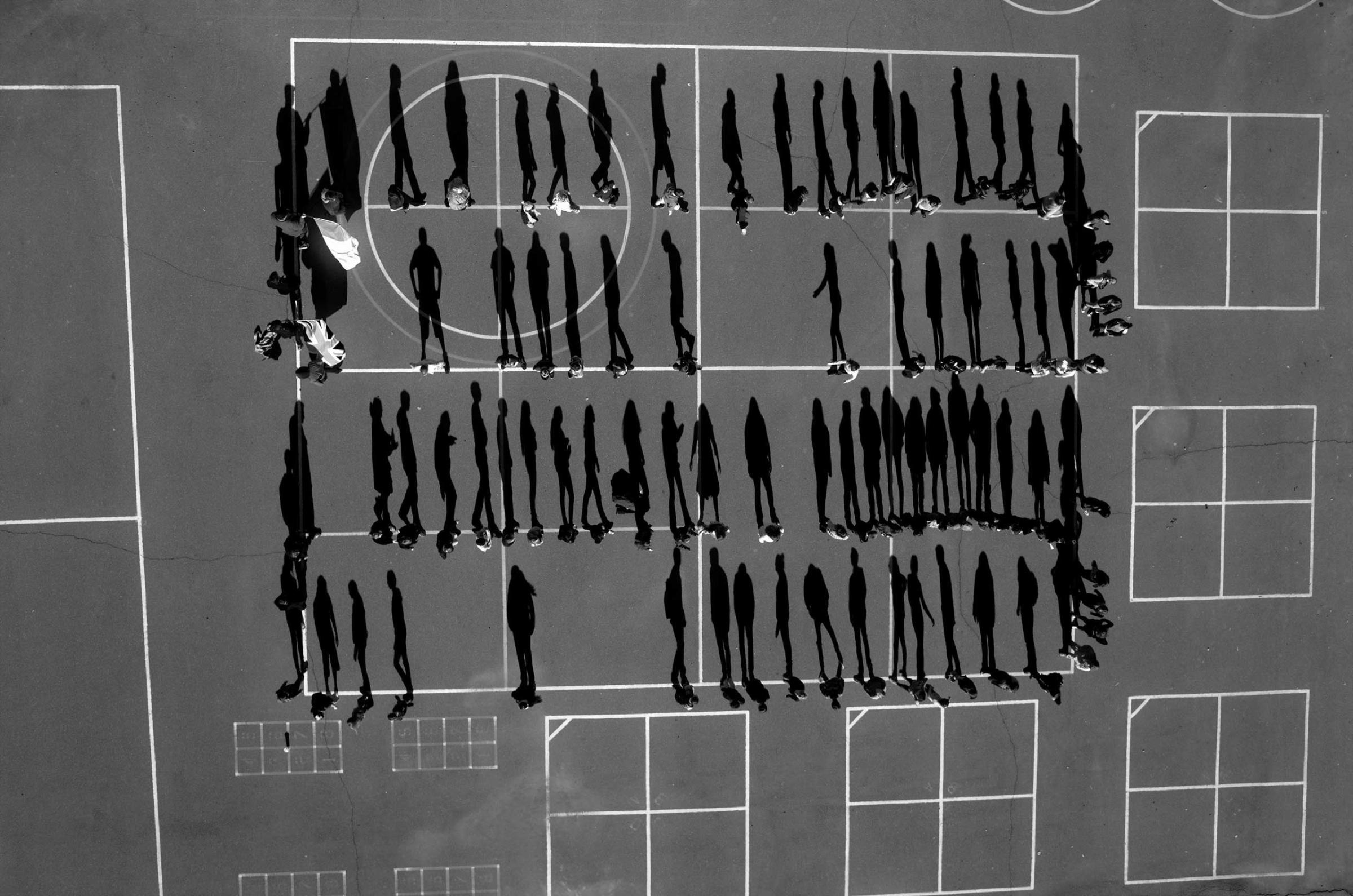
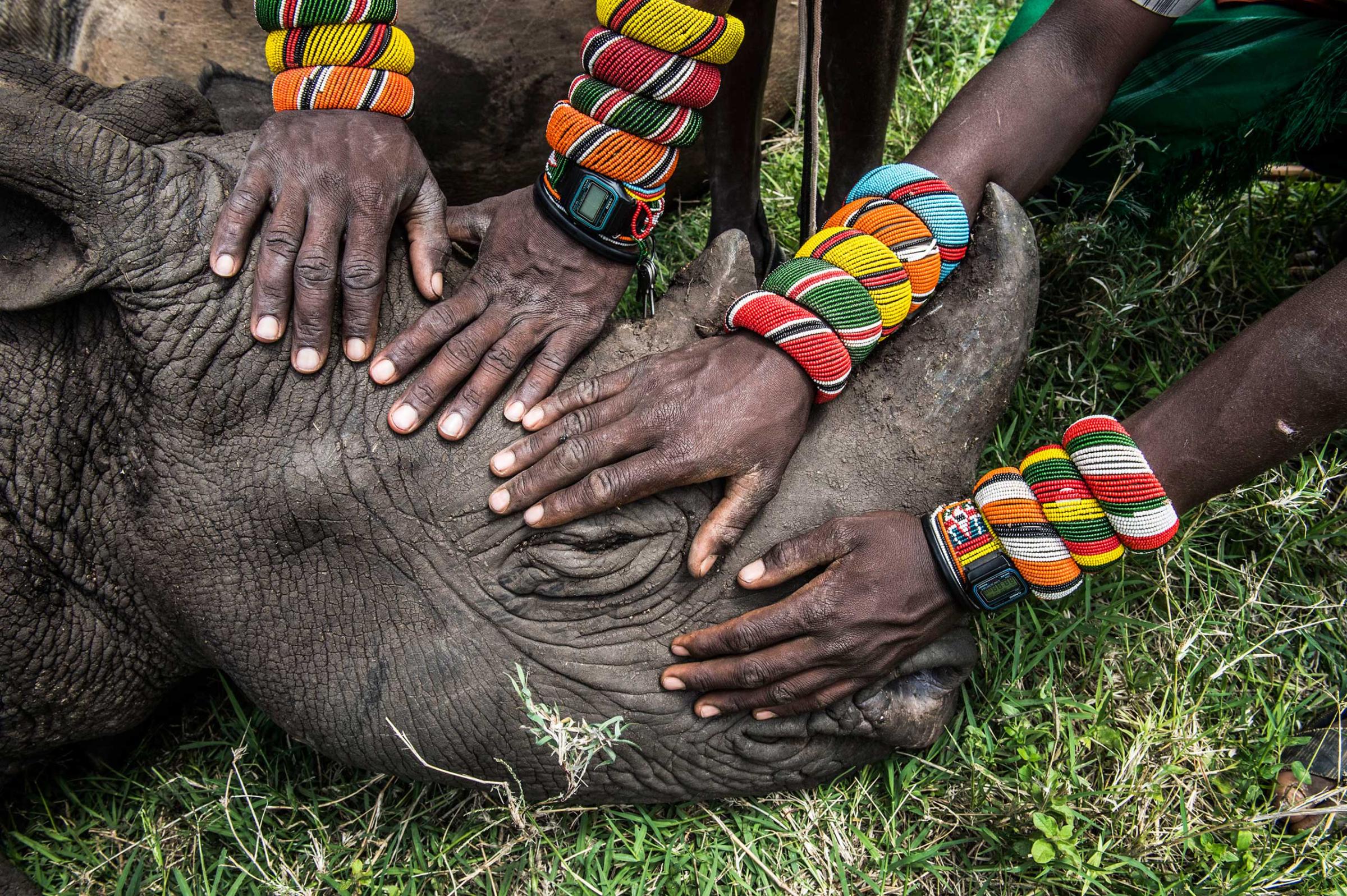
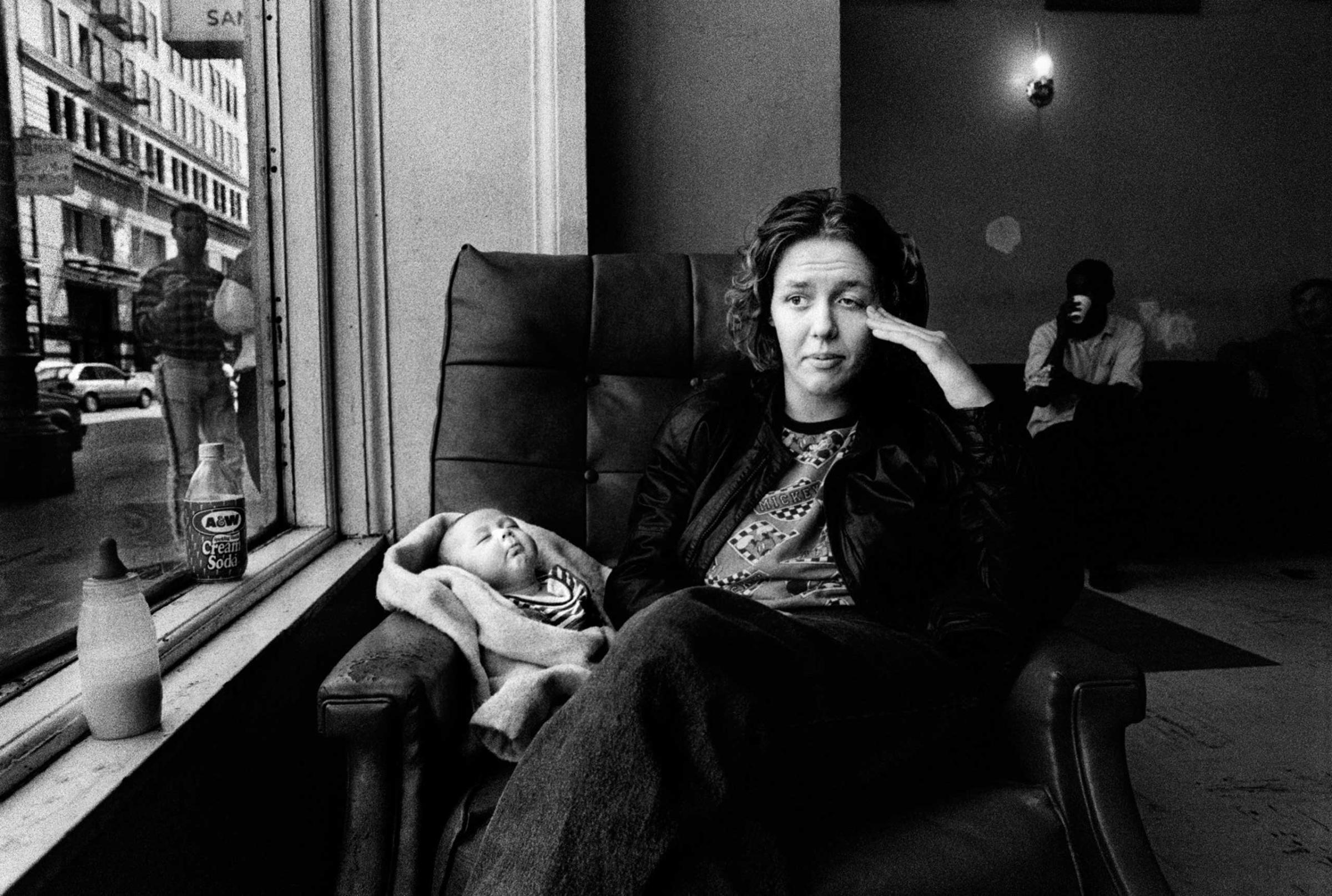
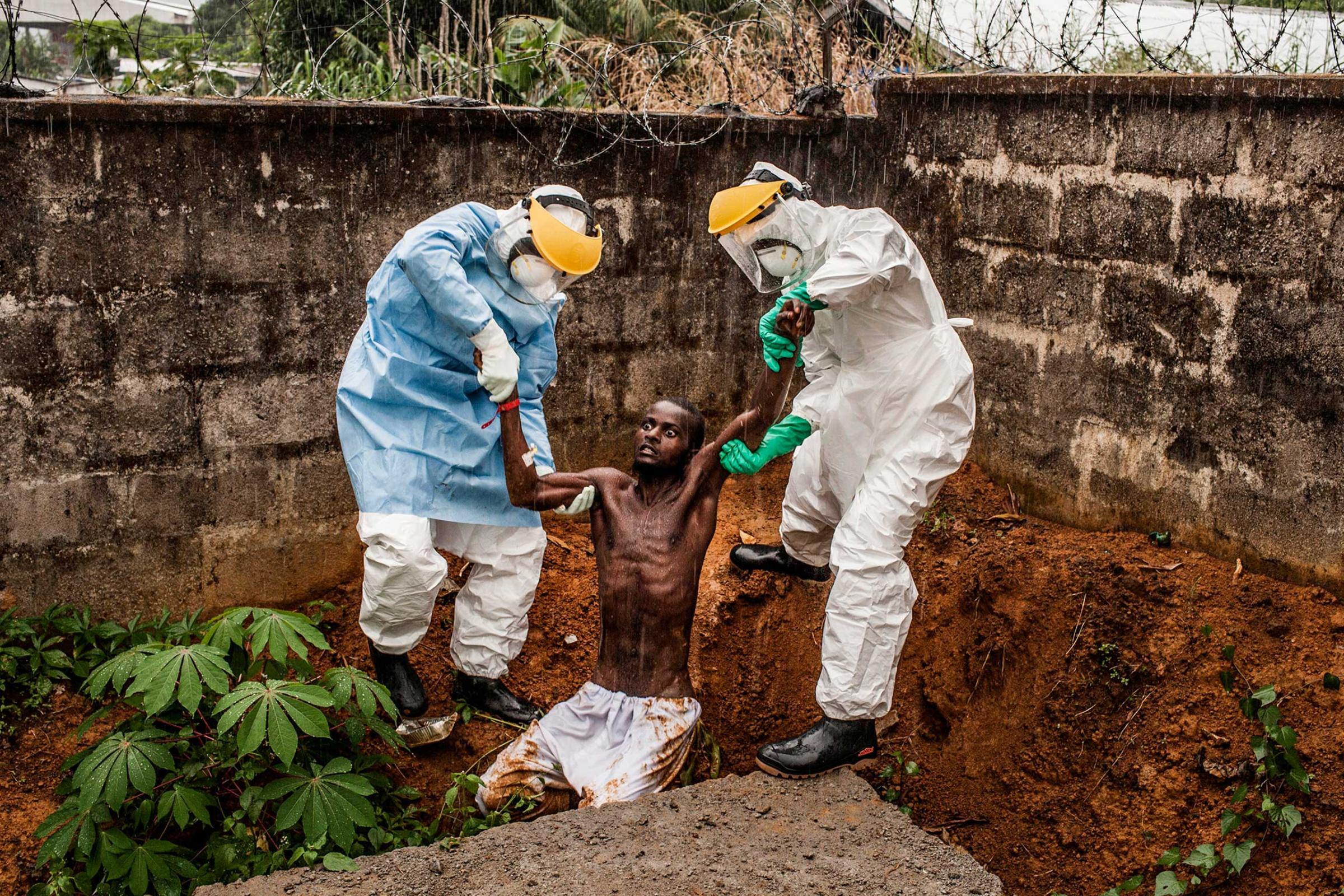
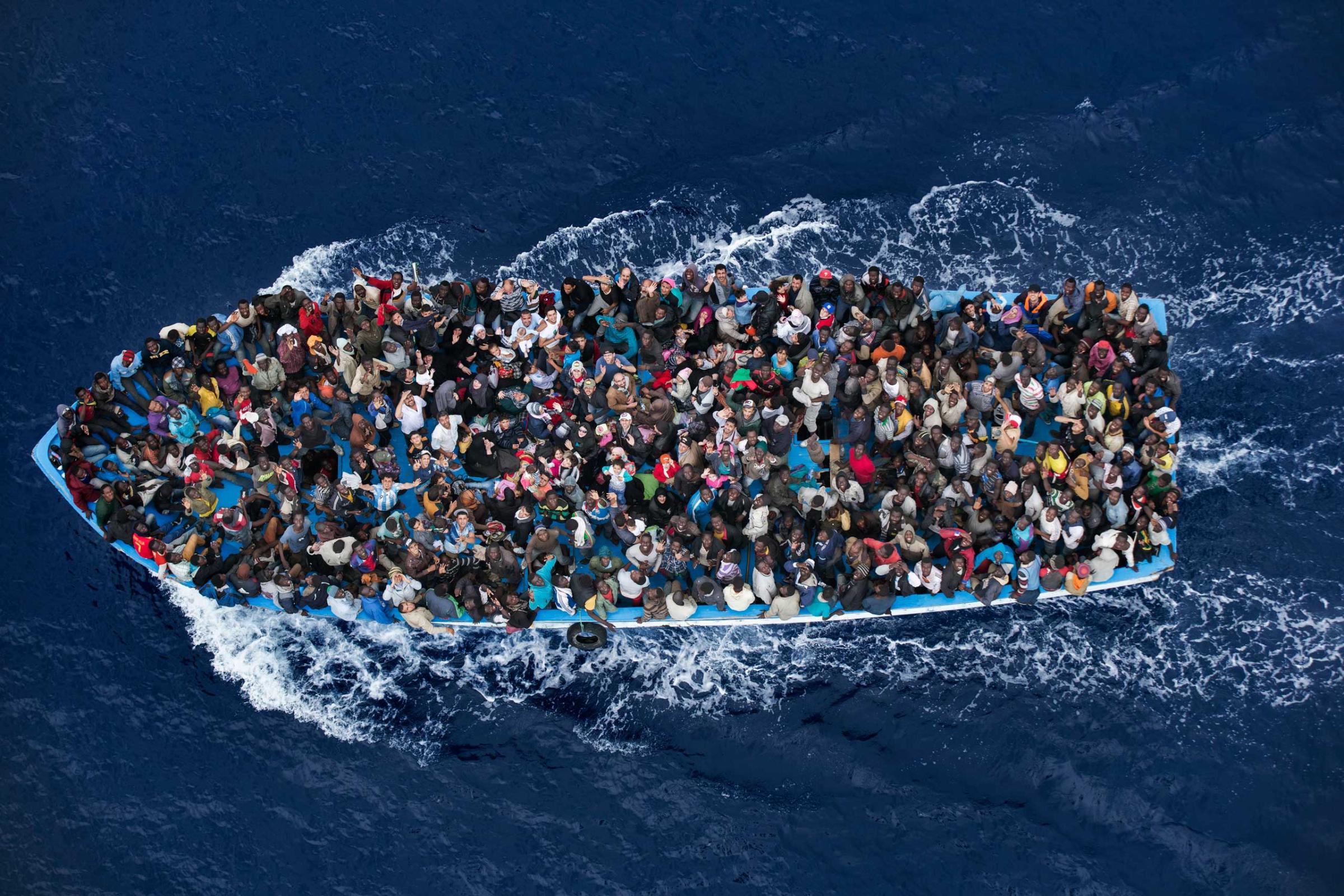
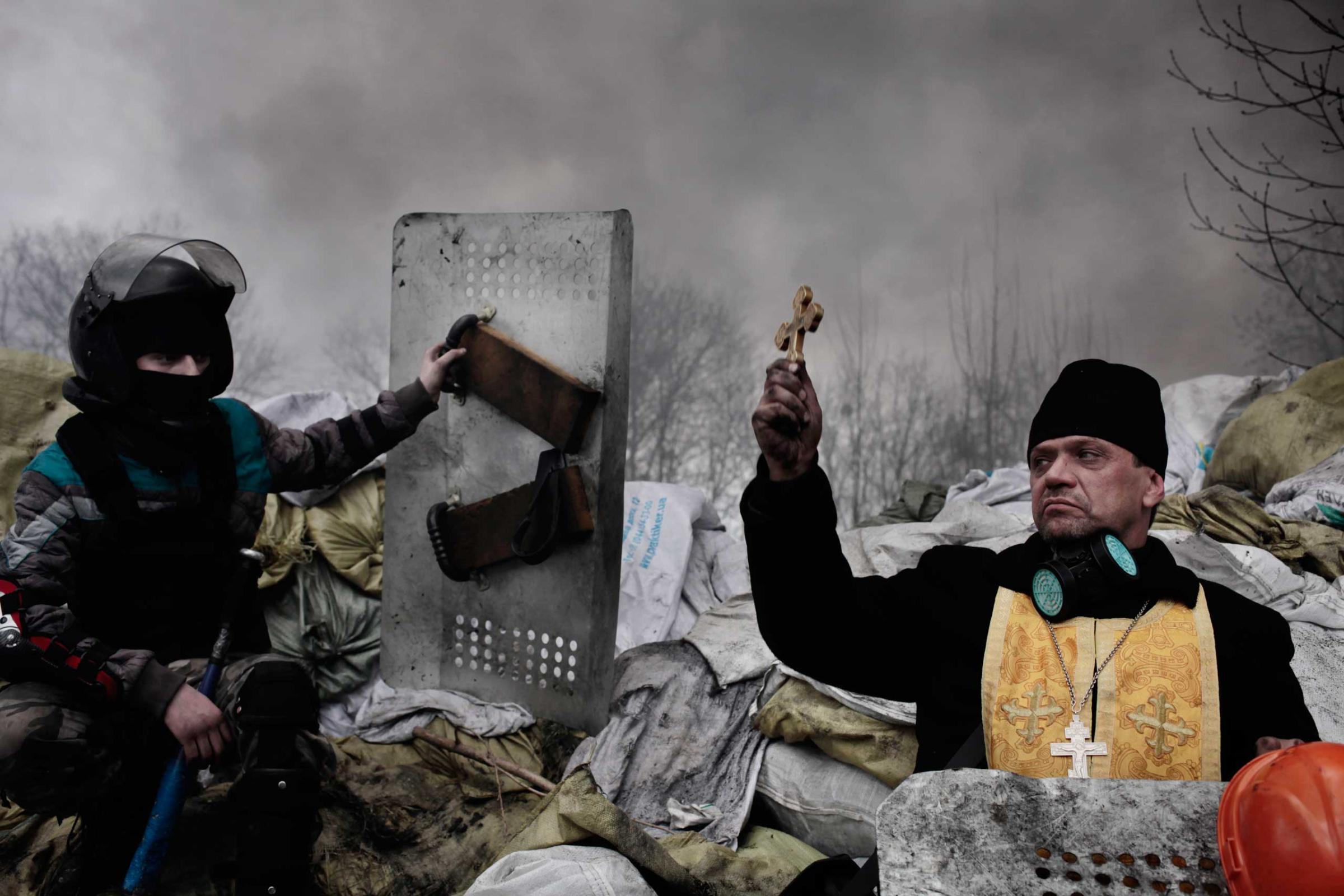
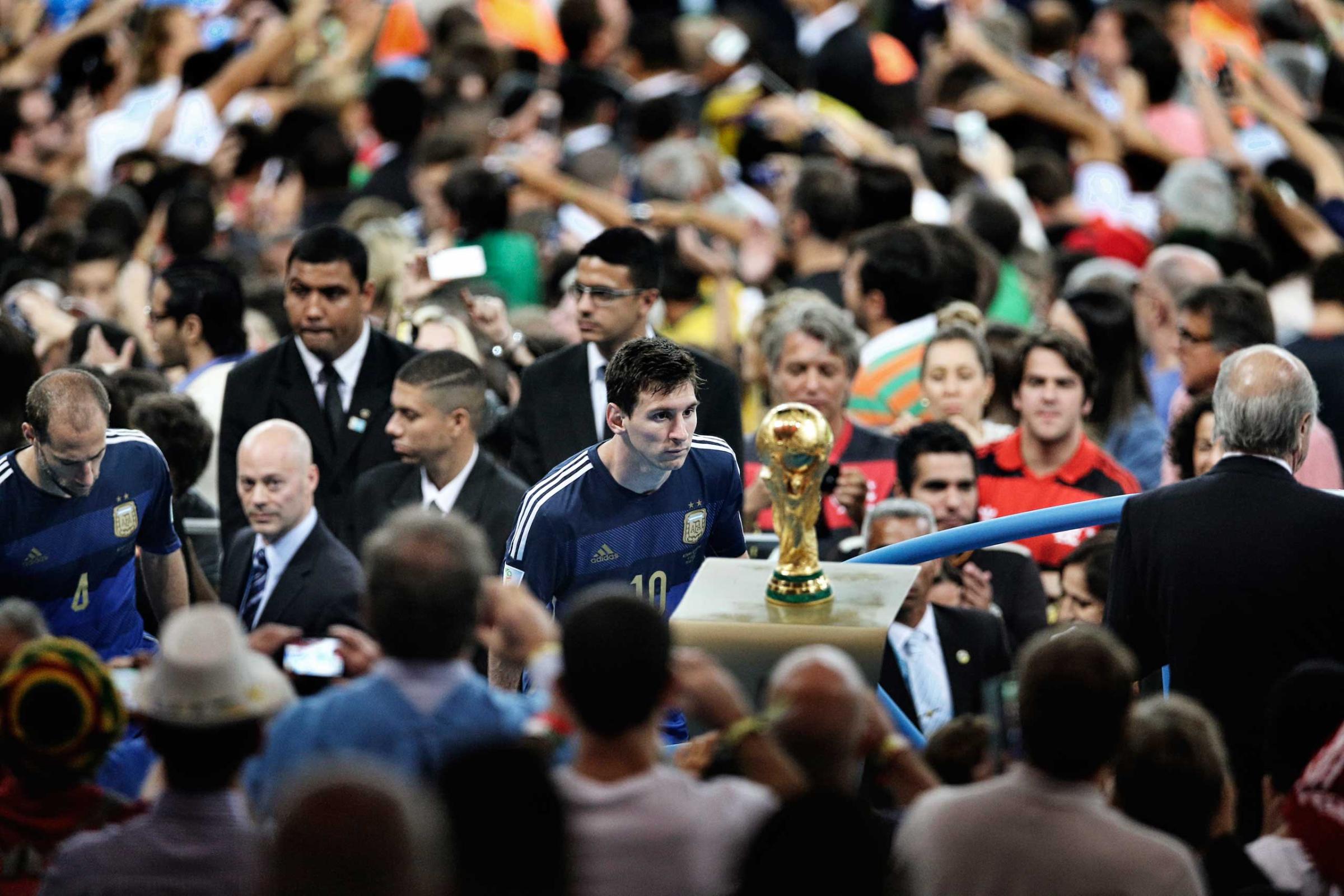
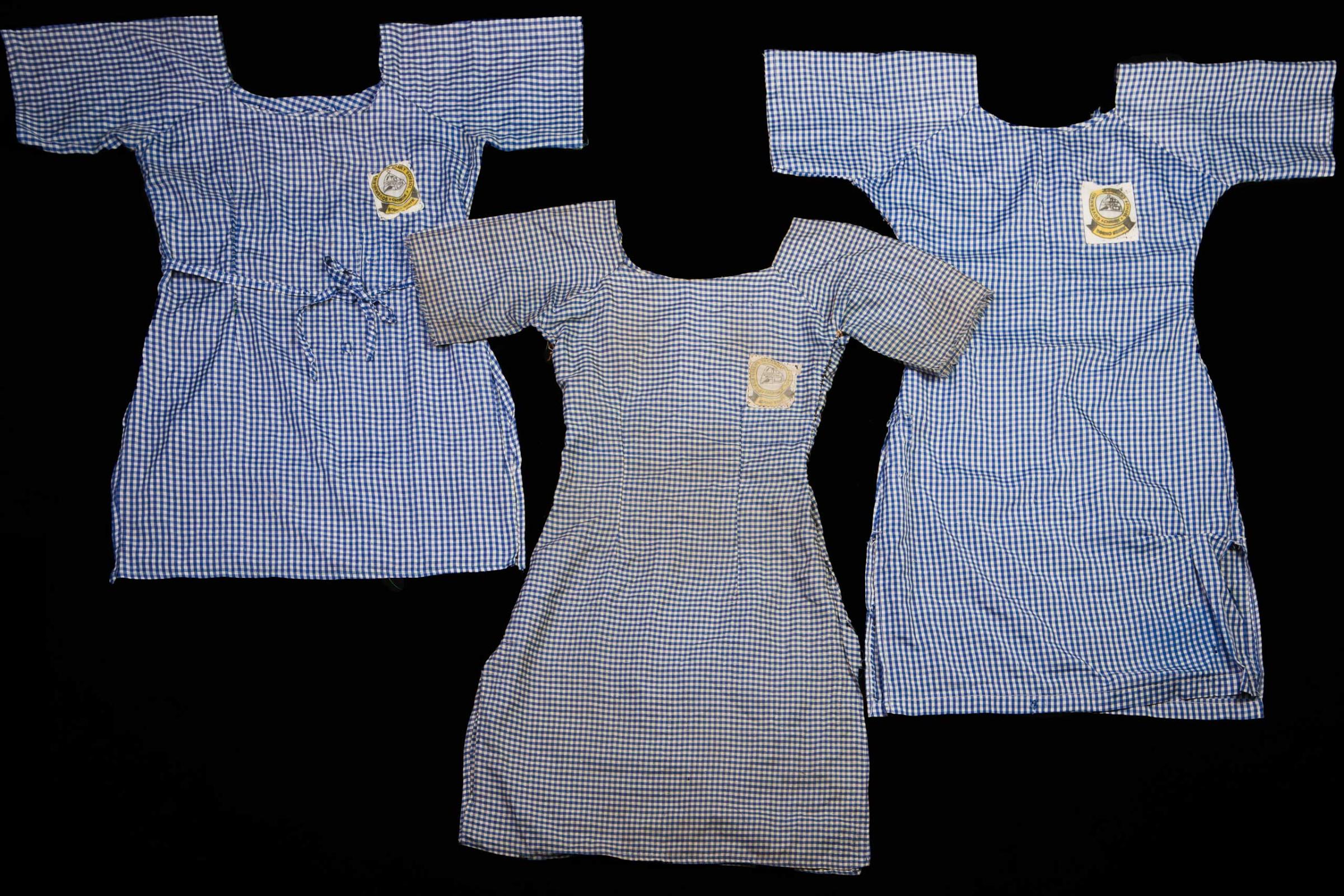
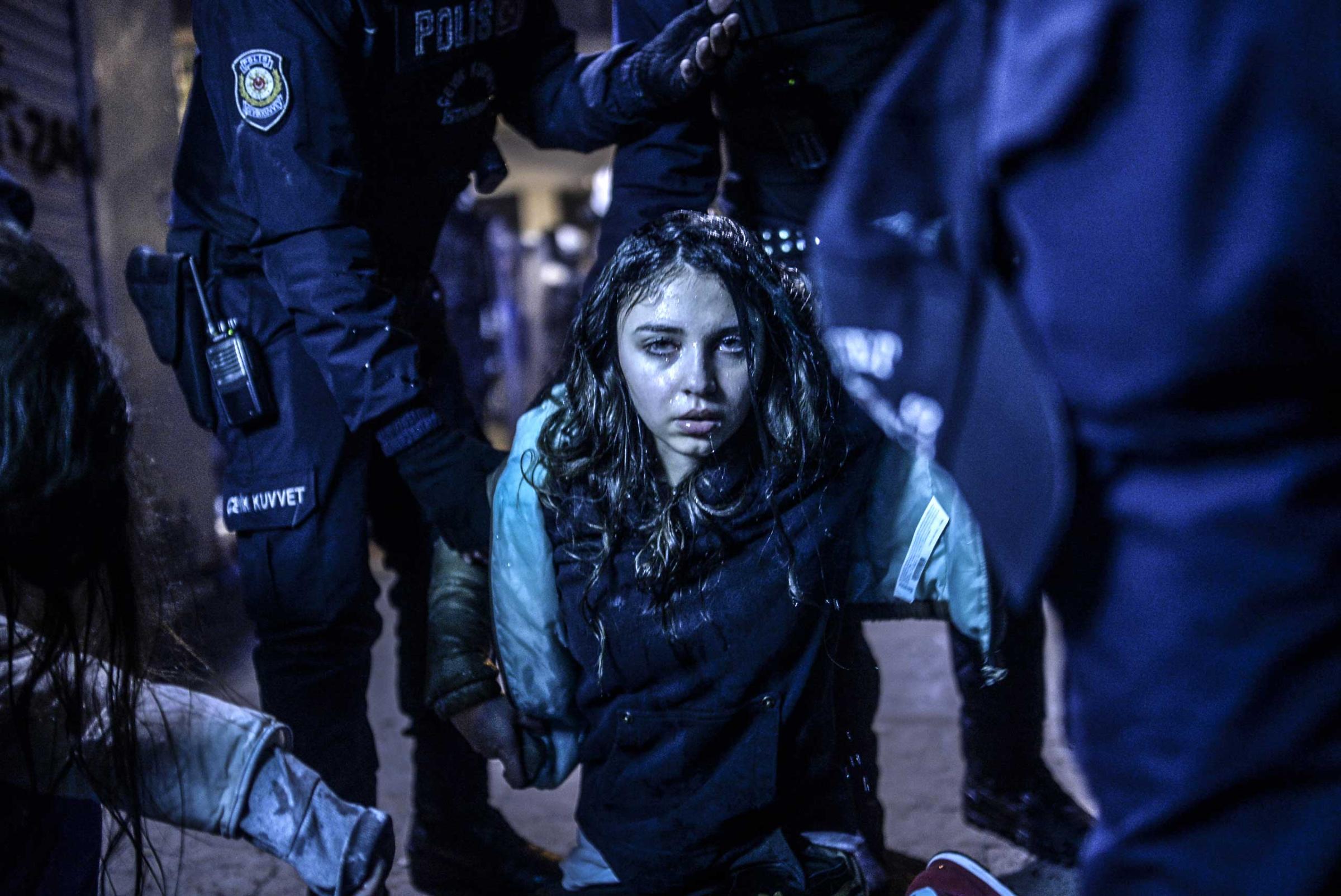
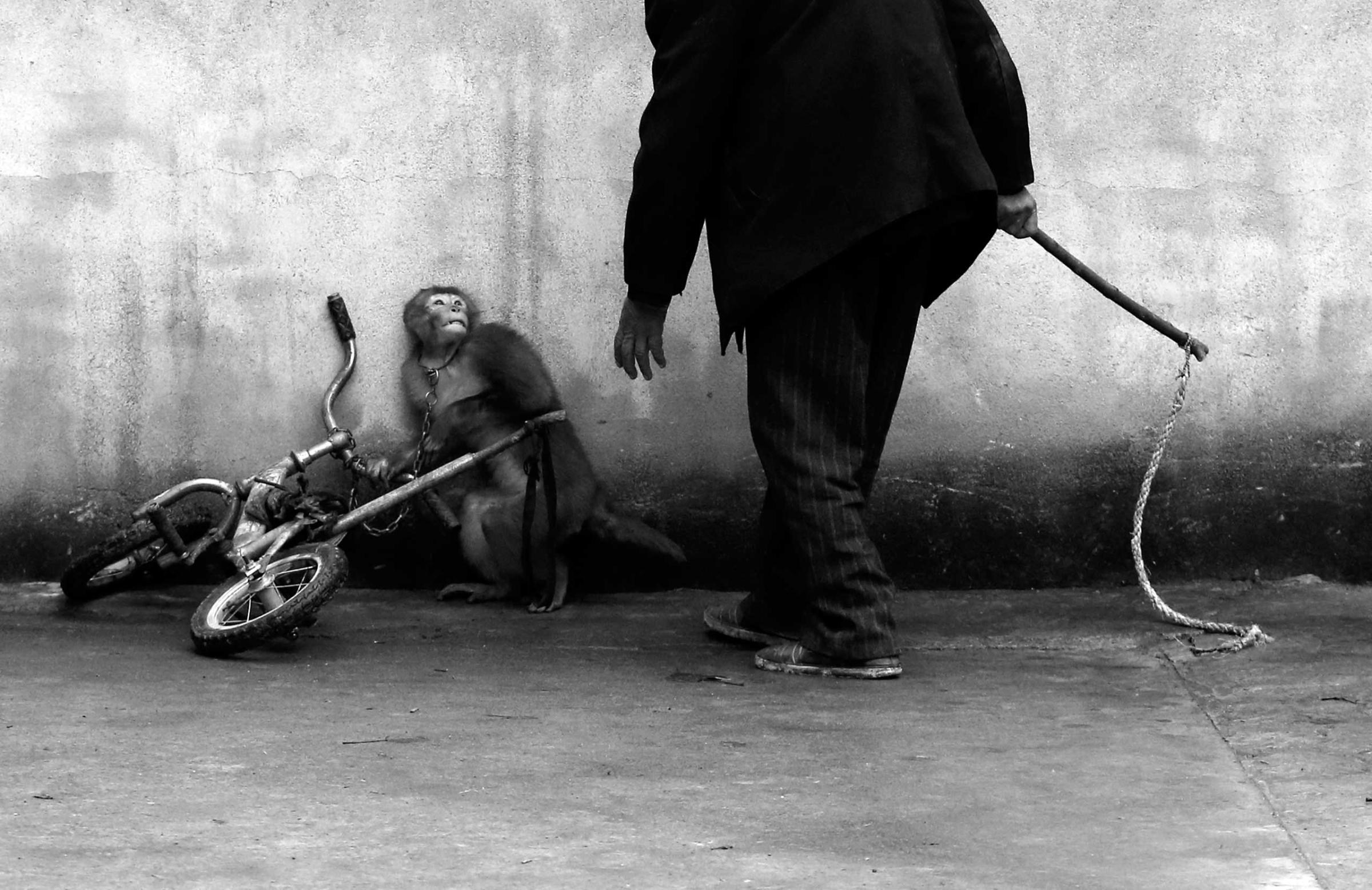
More Must-Reads From TIME
- The 100 Most Influential People of 2024
- Coco Gauff Is Playing for Herself Now
- Scenes From Pro-Palestinian Encampments Across U.S. Universities
- 6 Compliments That Land Every Time
- If You're Dating Right Now , You're Brave: Column
- The AI That Could Heal a Divided Internet
- Fallout Is a Brilliant Model for the Future of Video Game Adaptations
- Want Weekly Recs on What to Watch, Read, and More? Sign Up for Worth Your Time
Contact us at letters@time.com